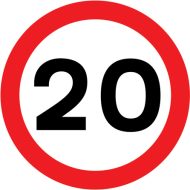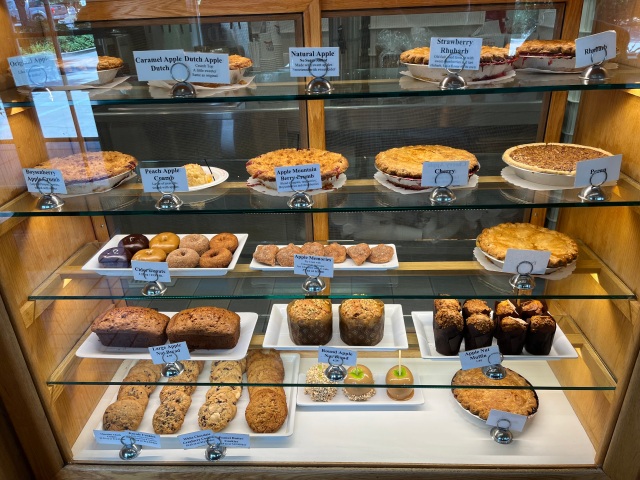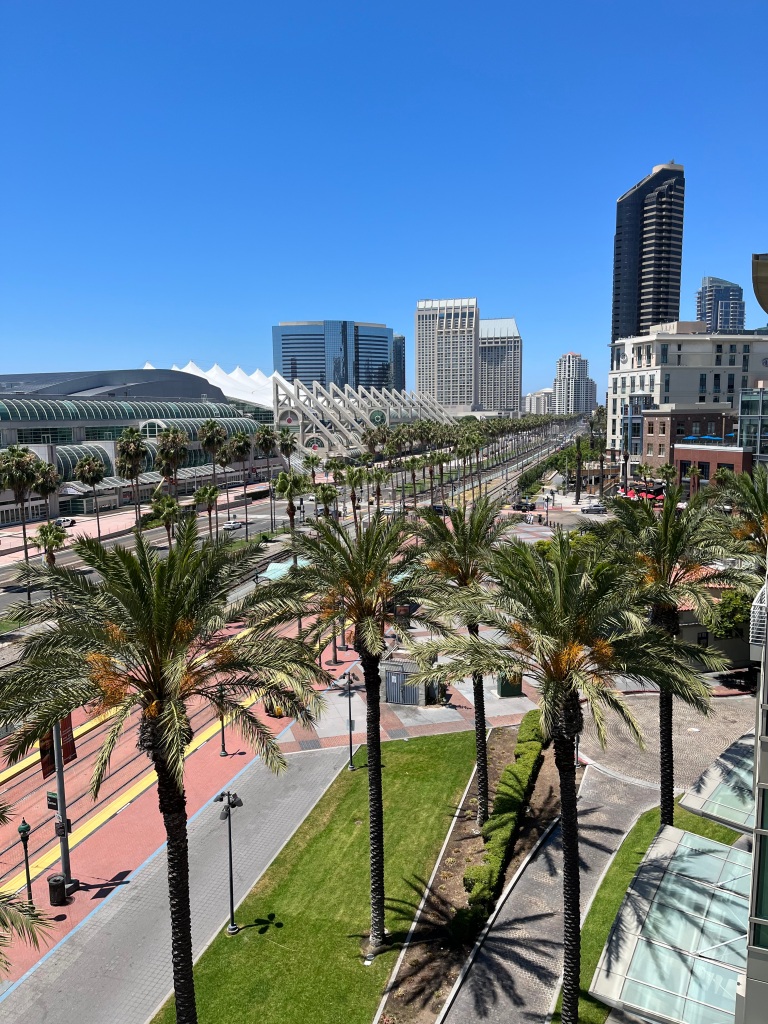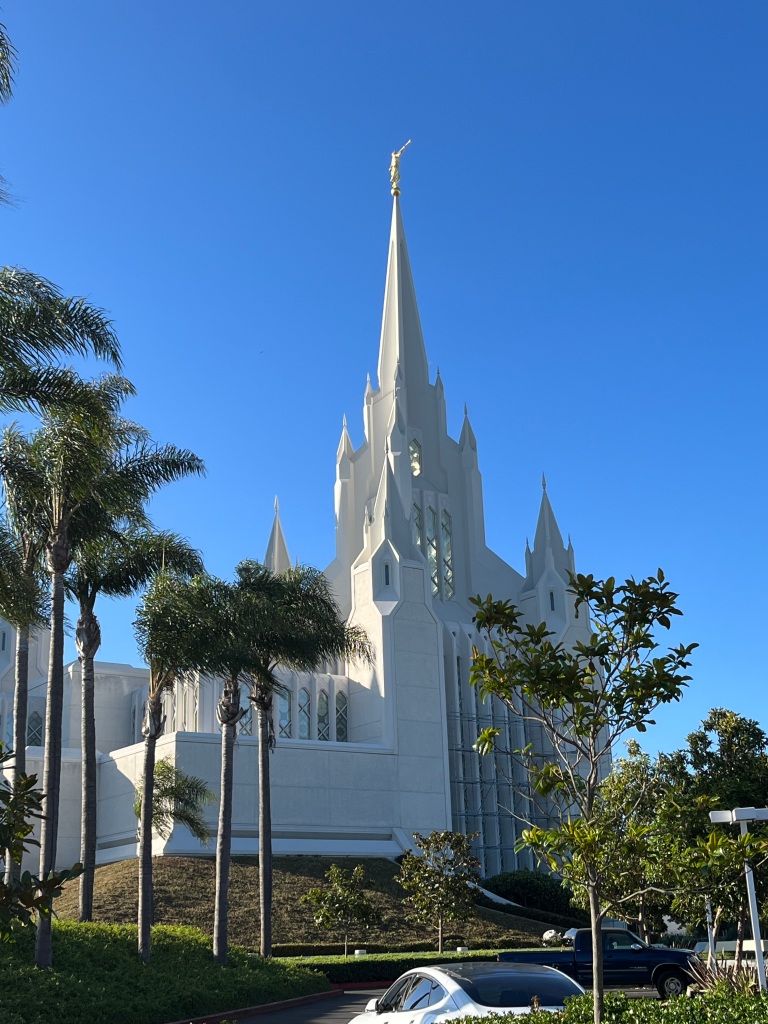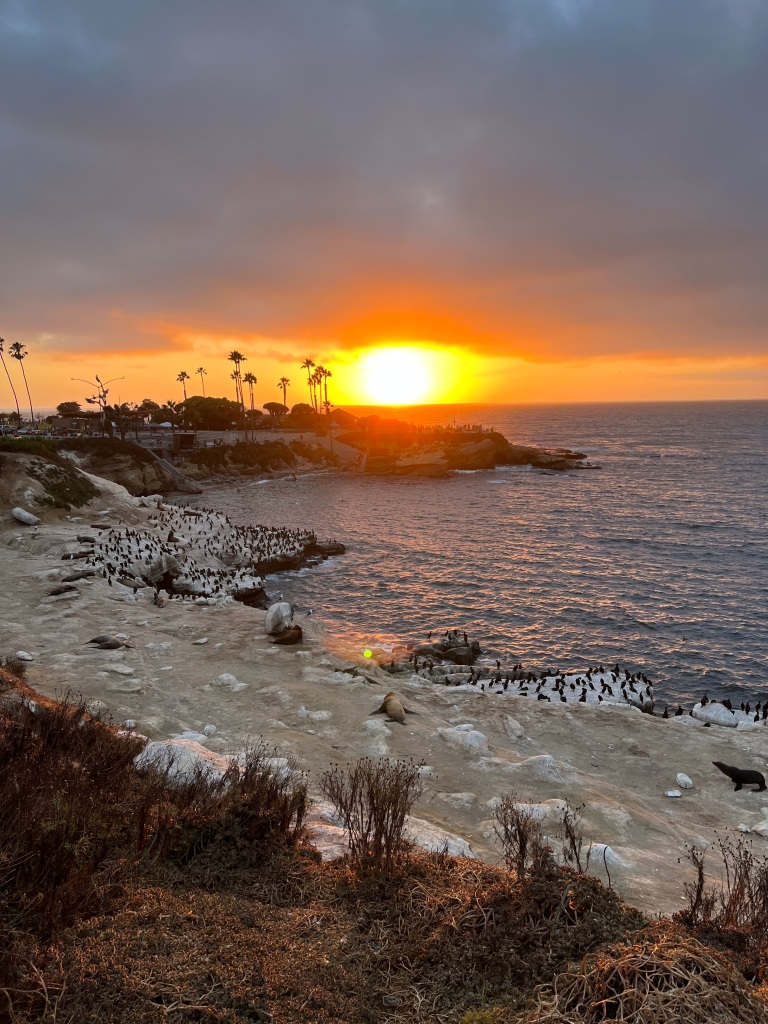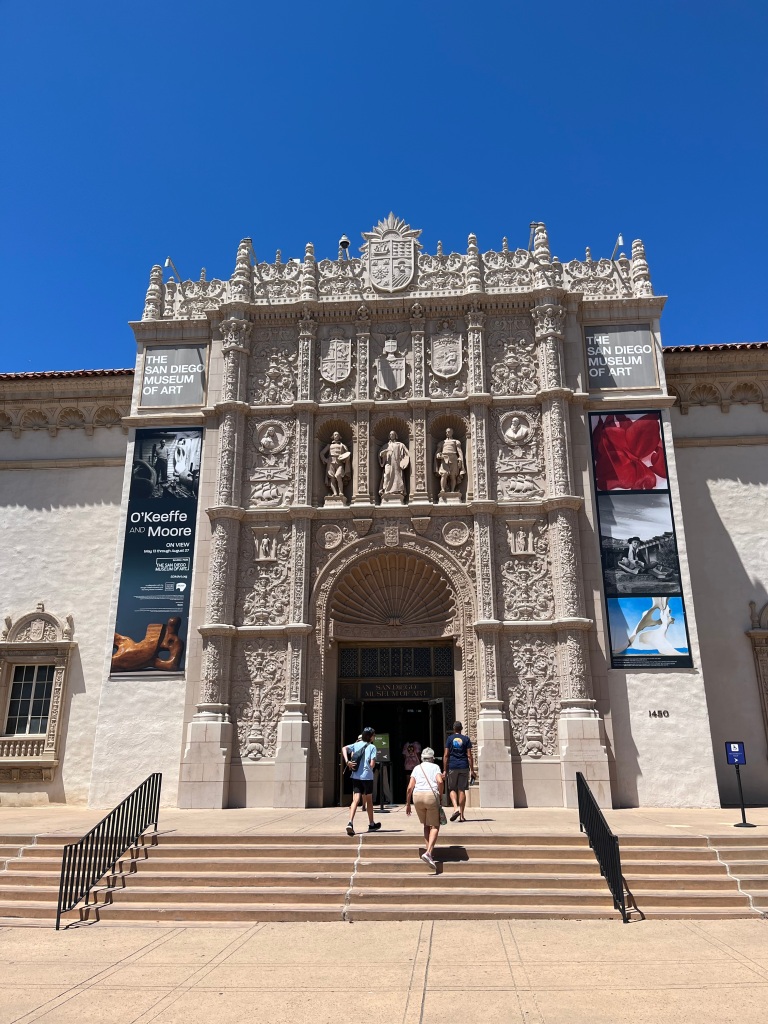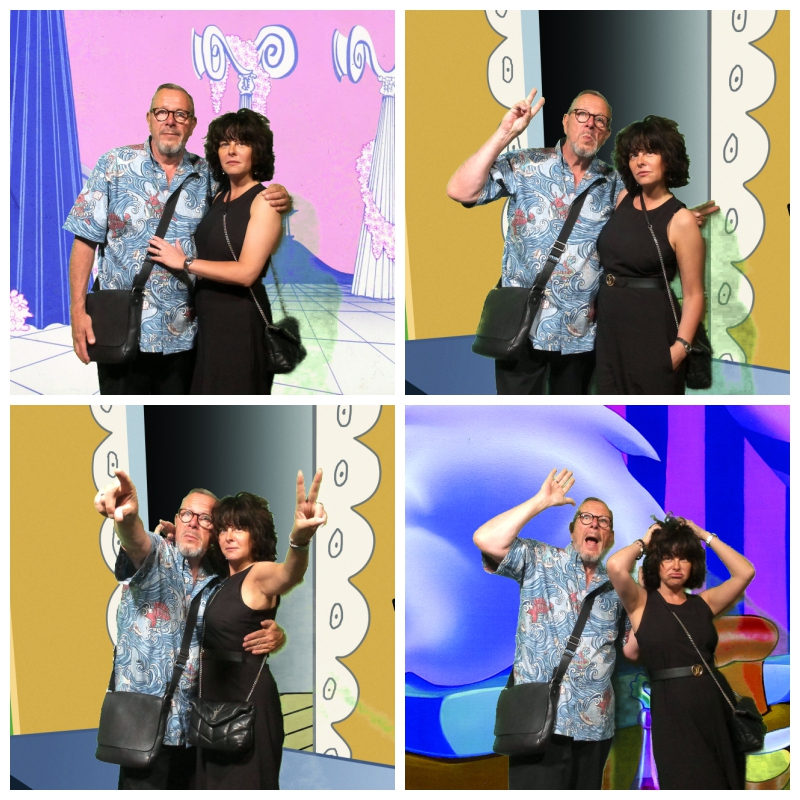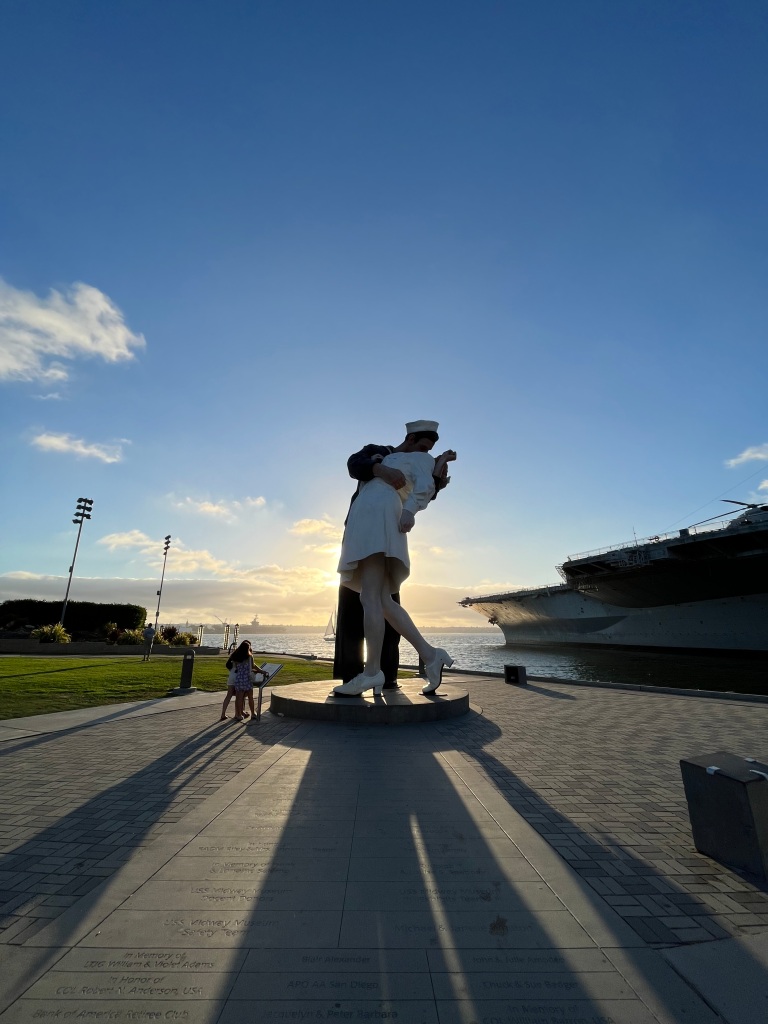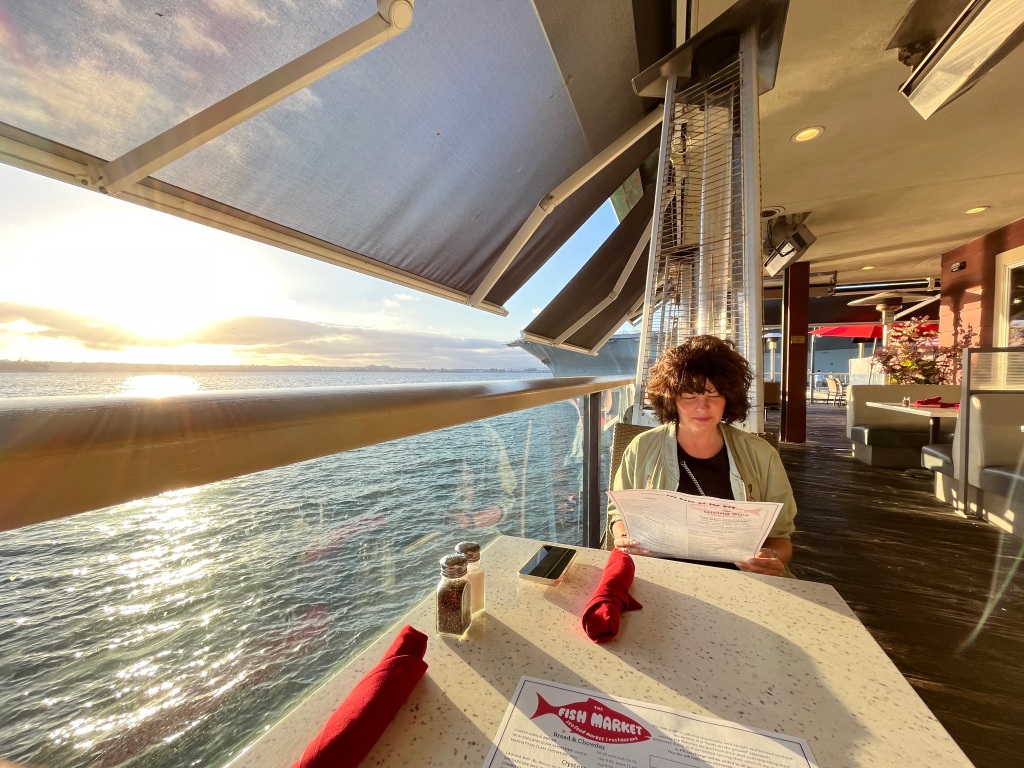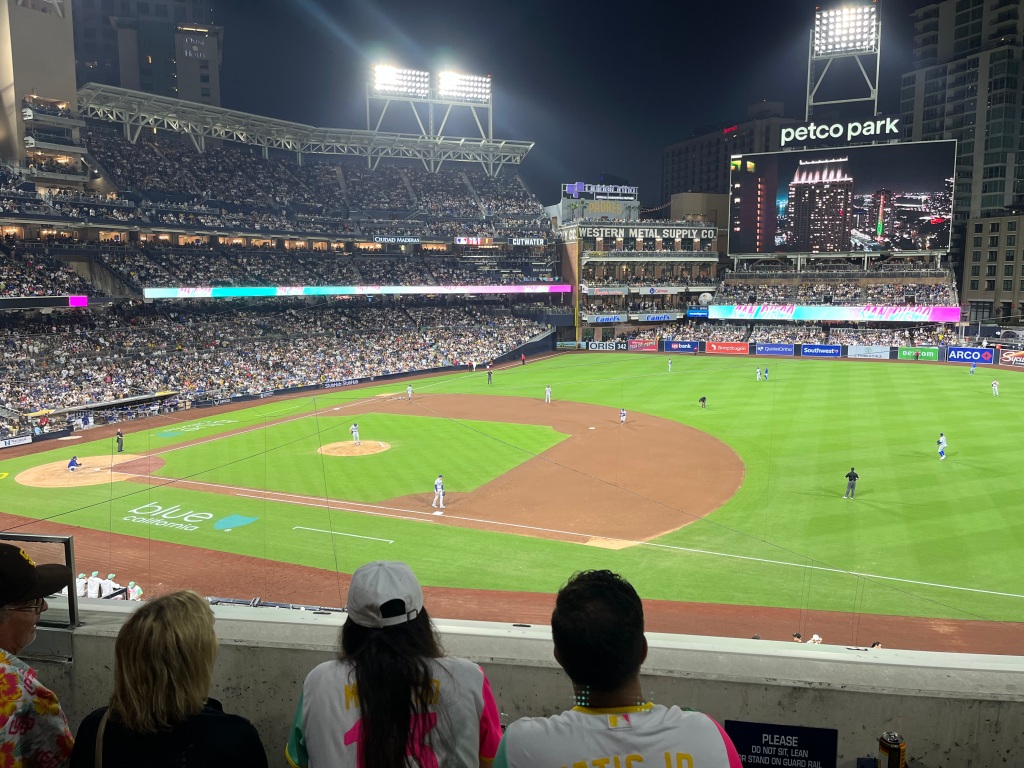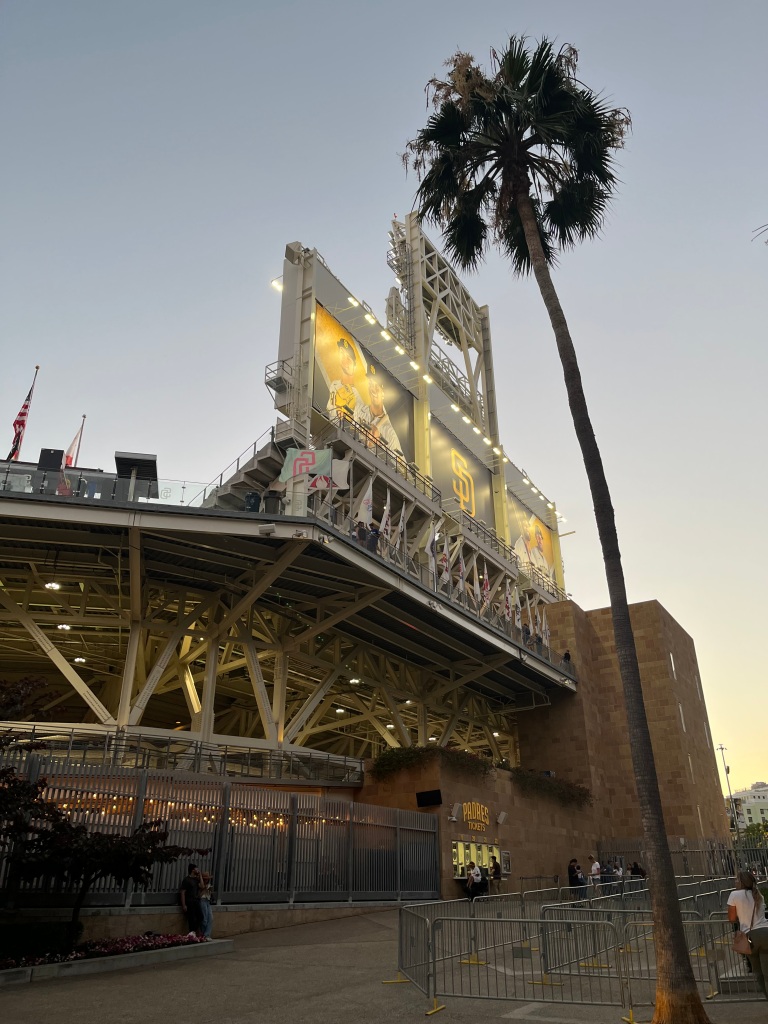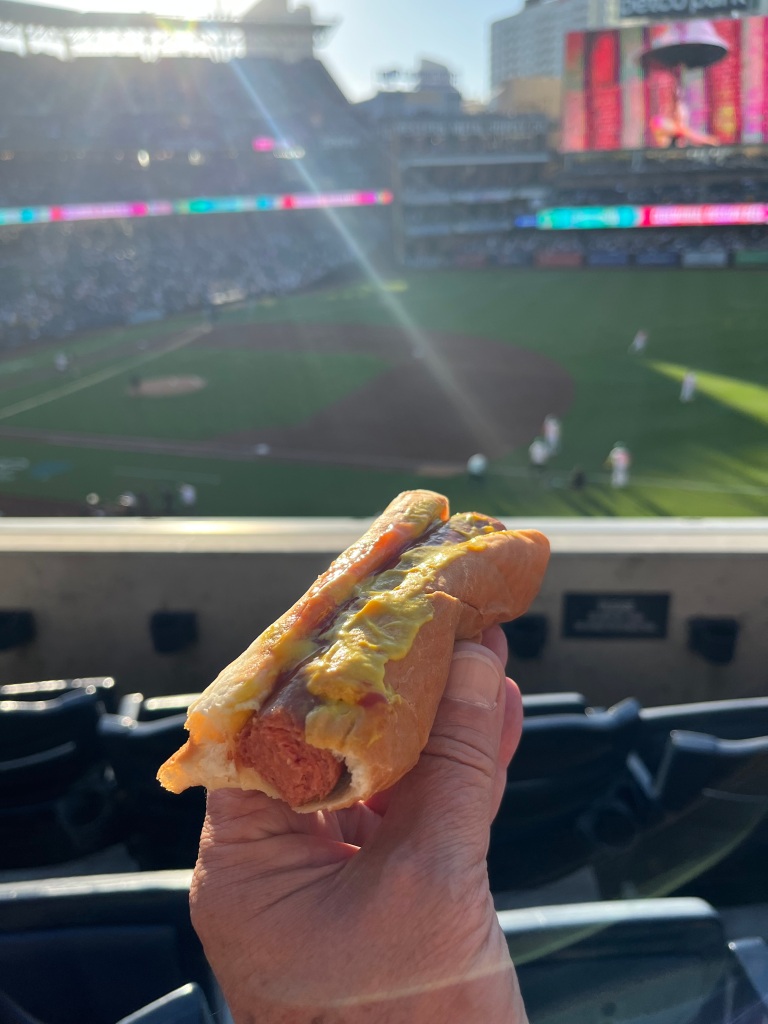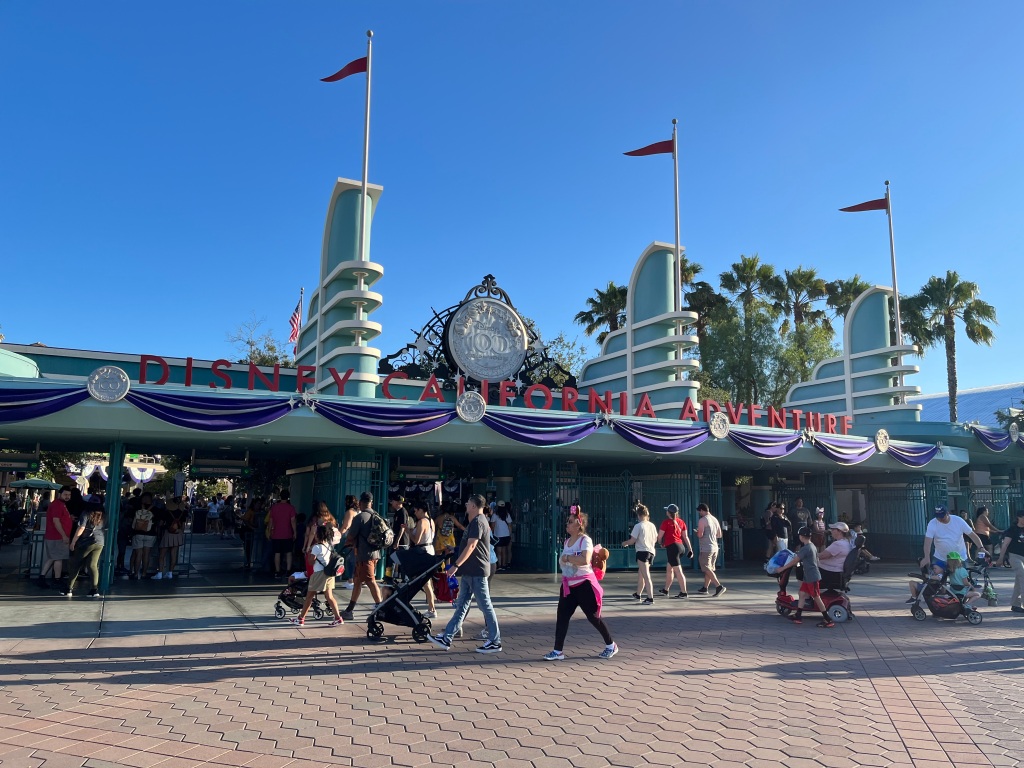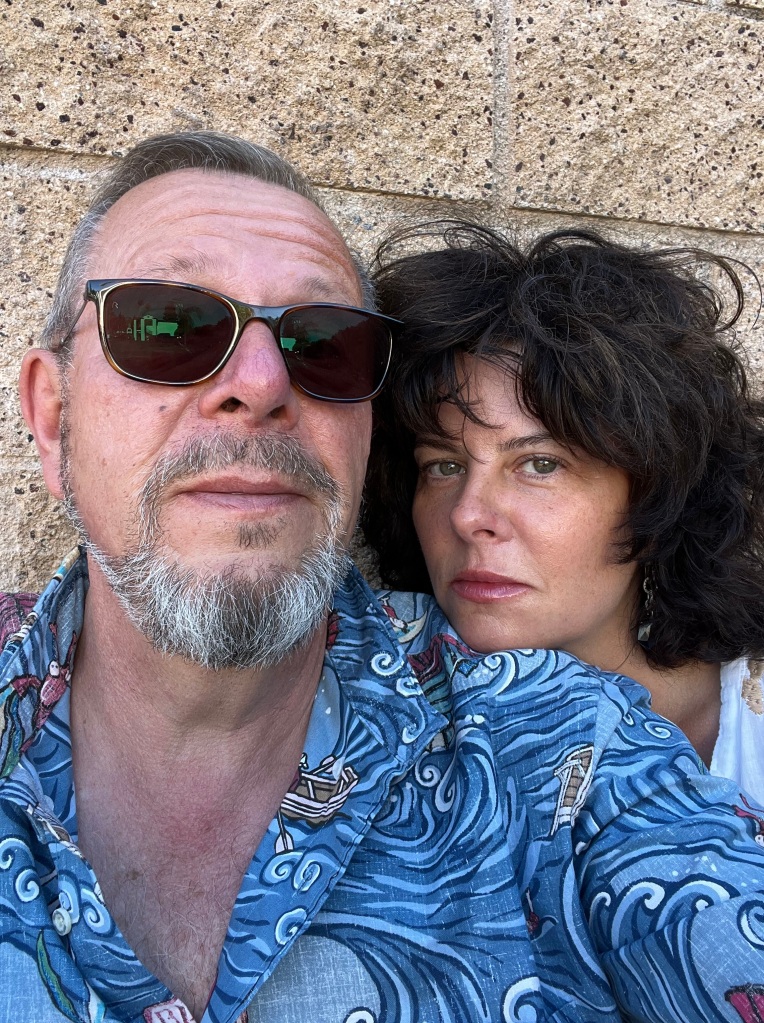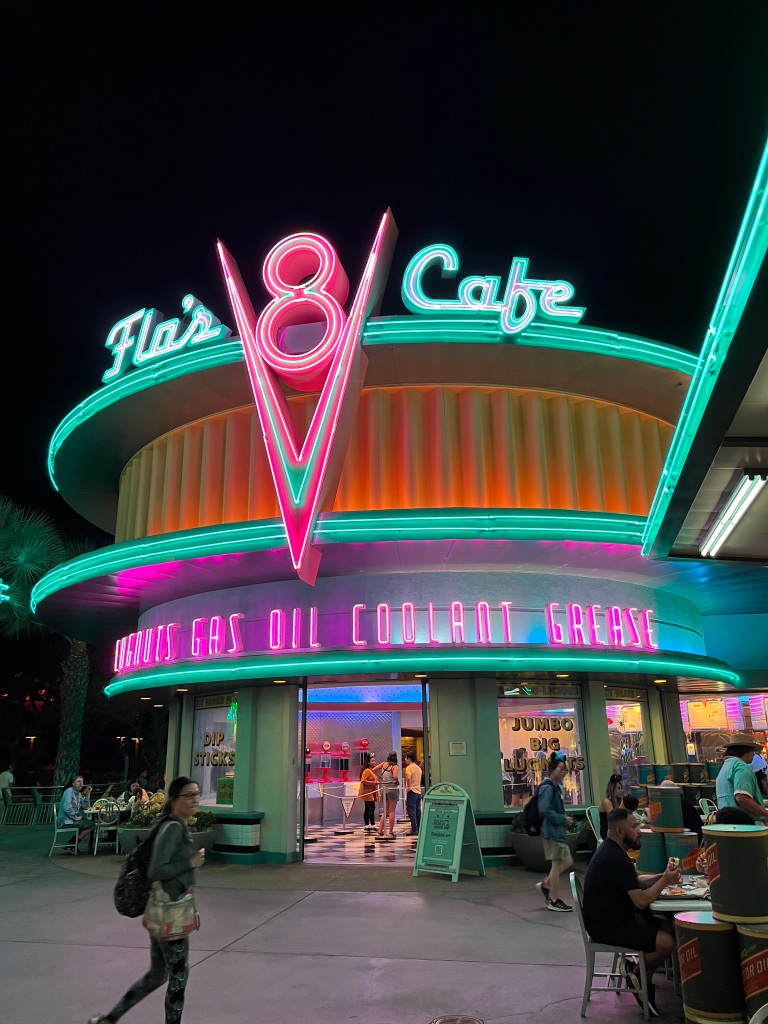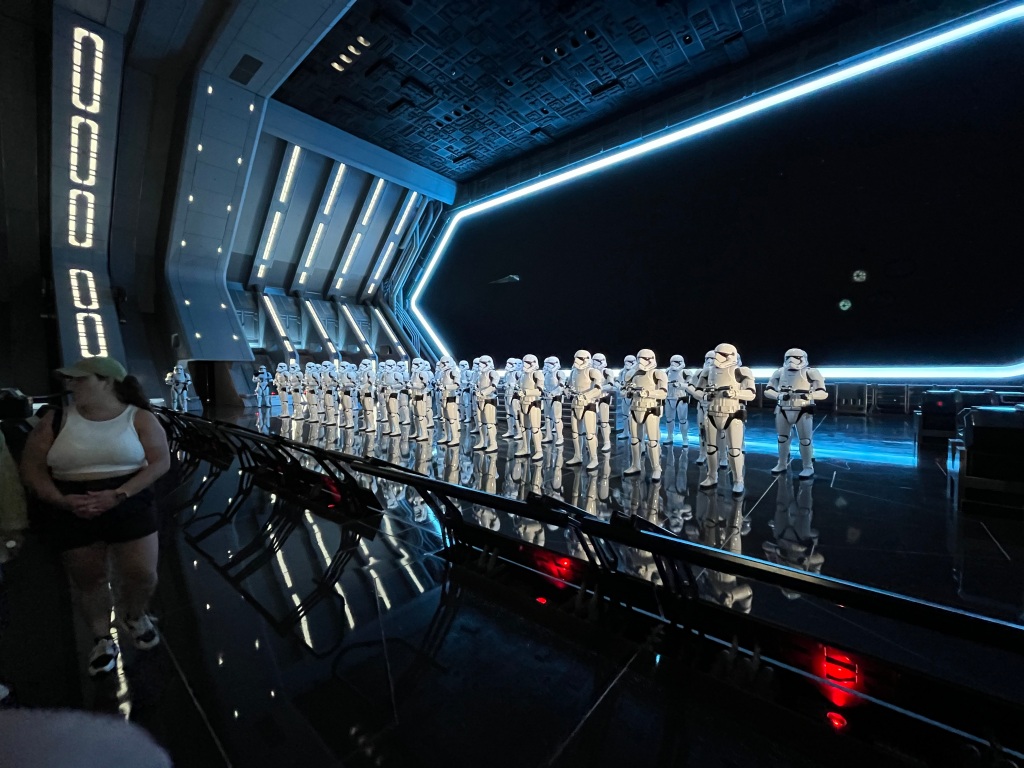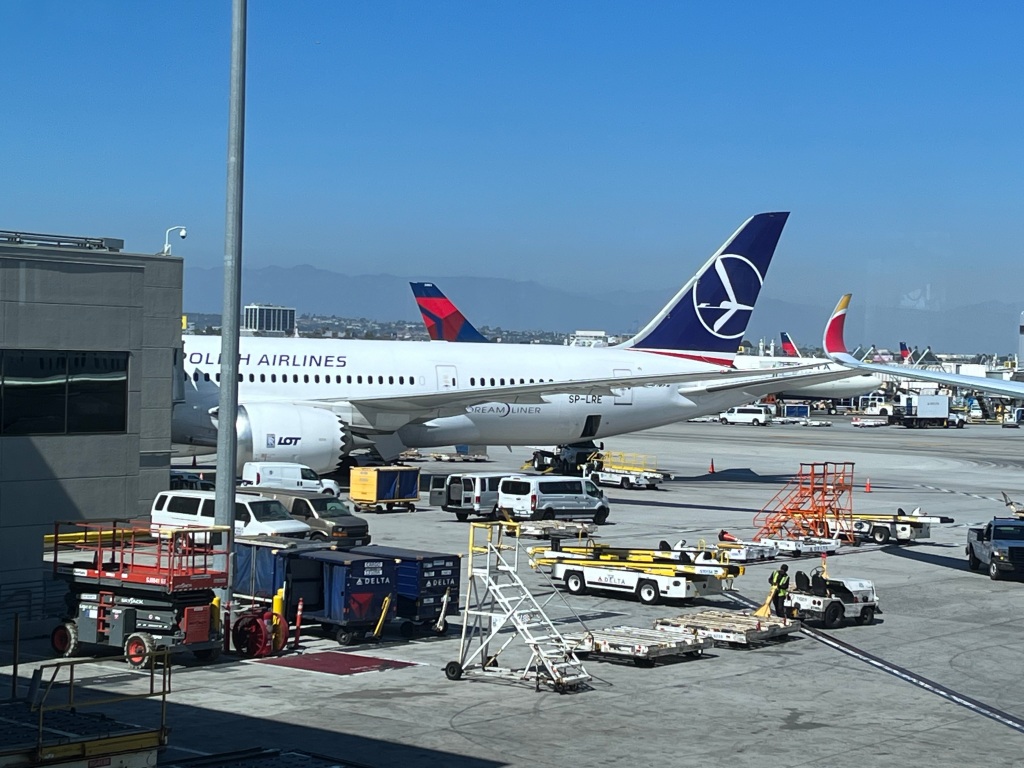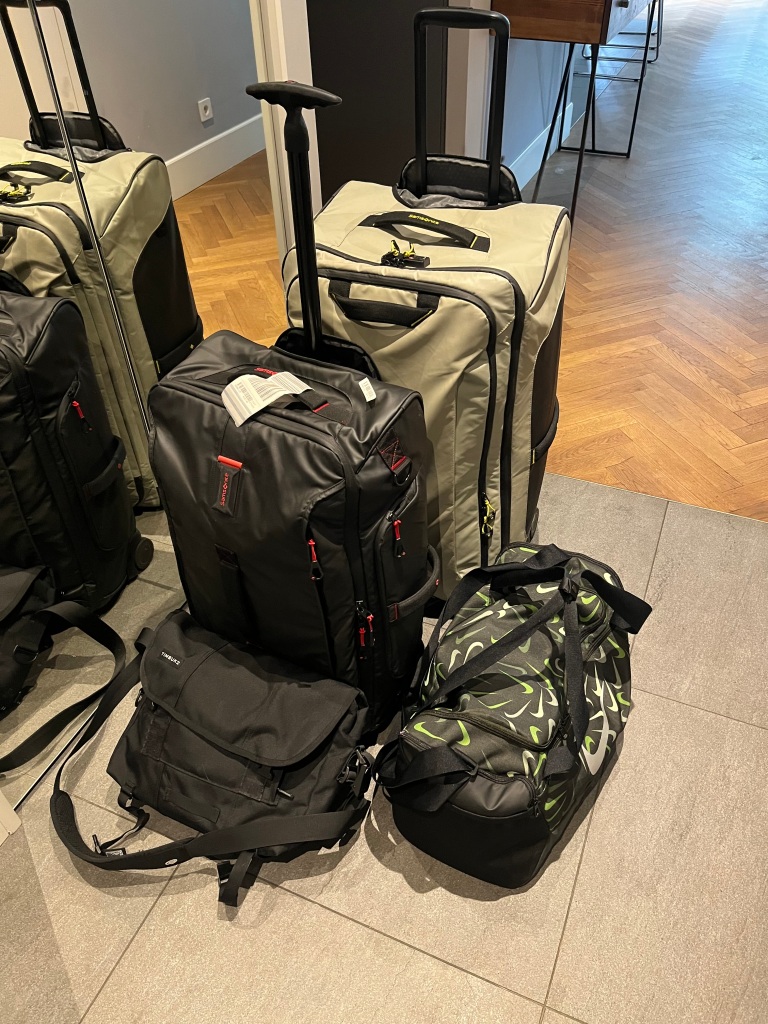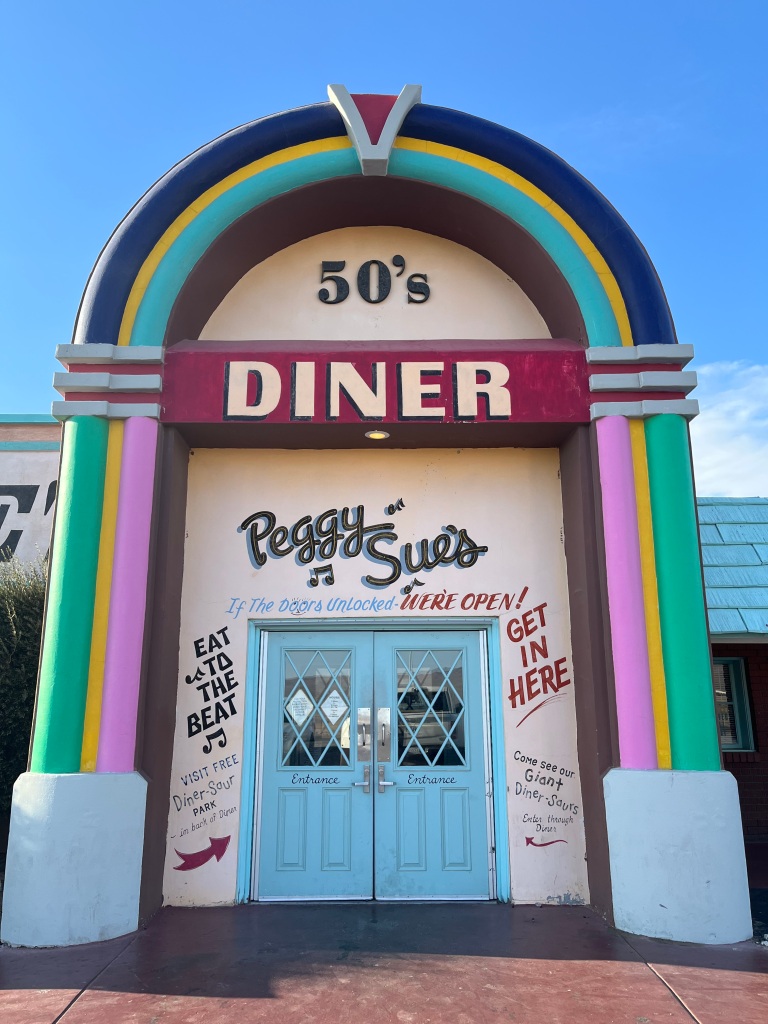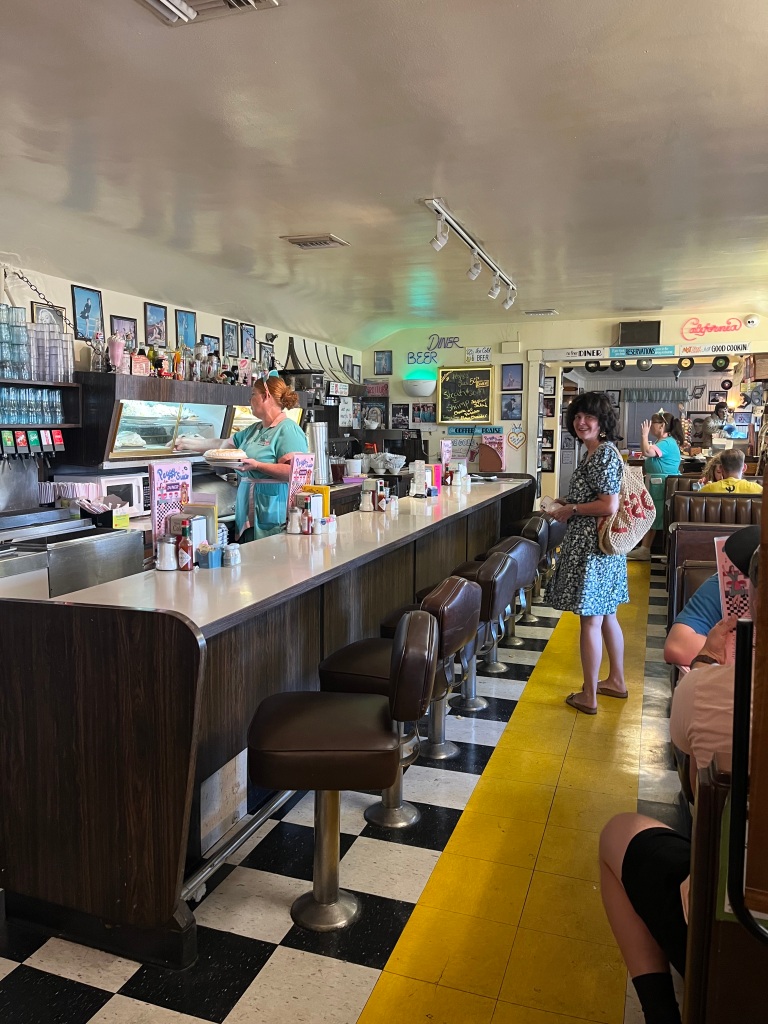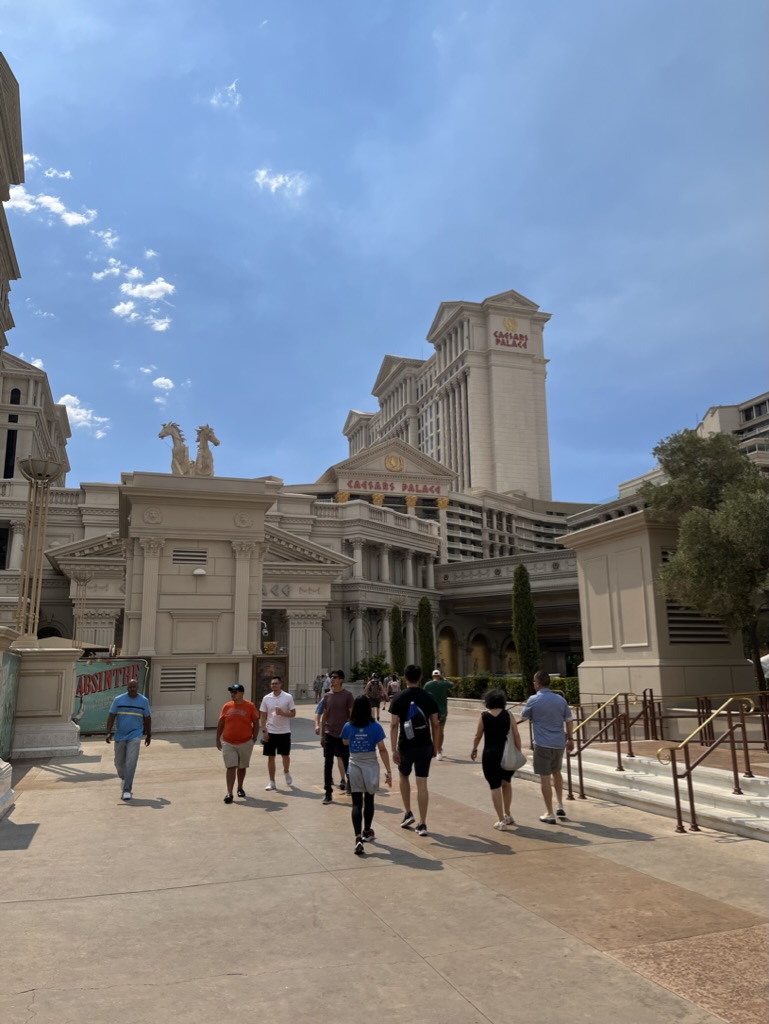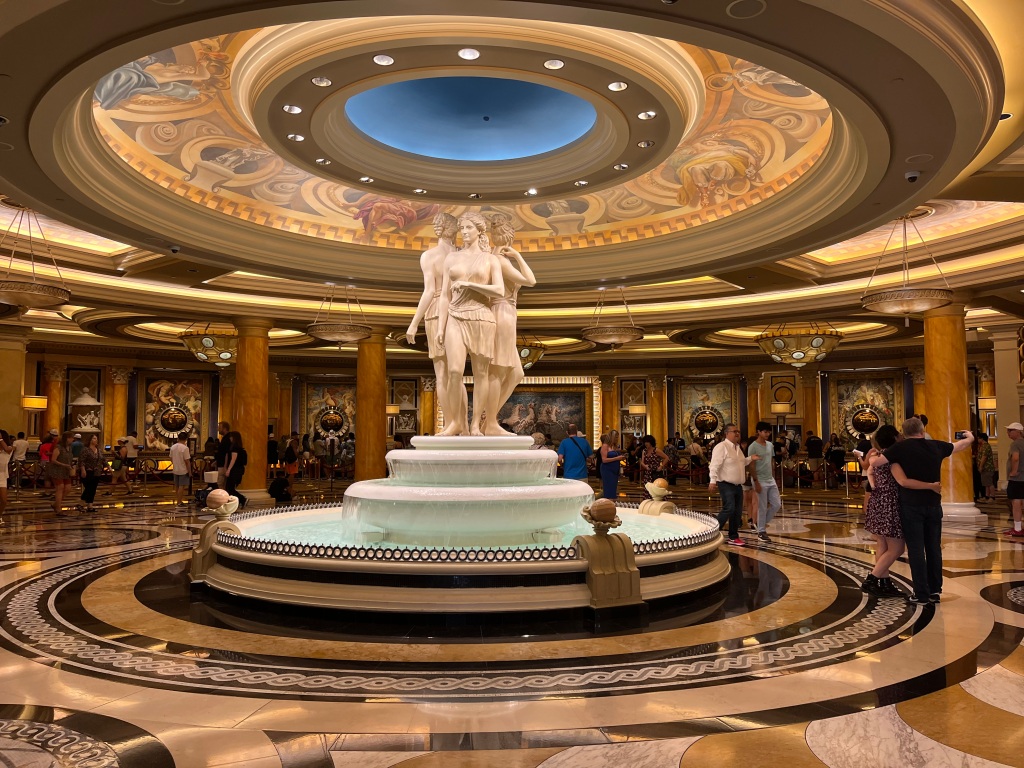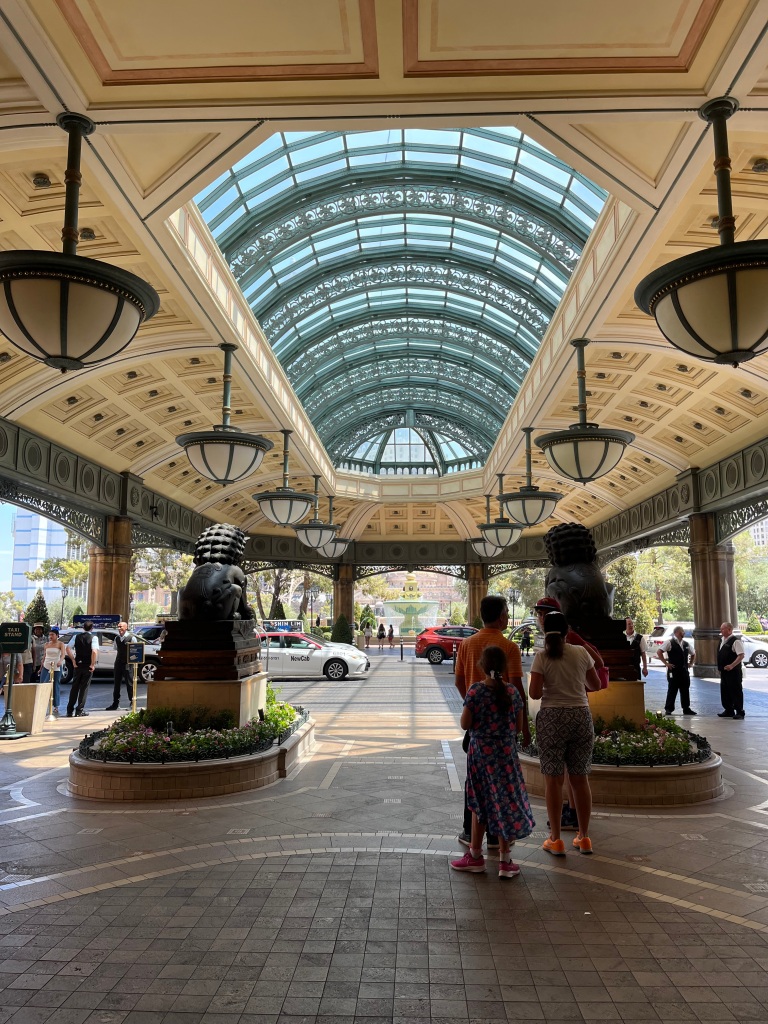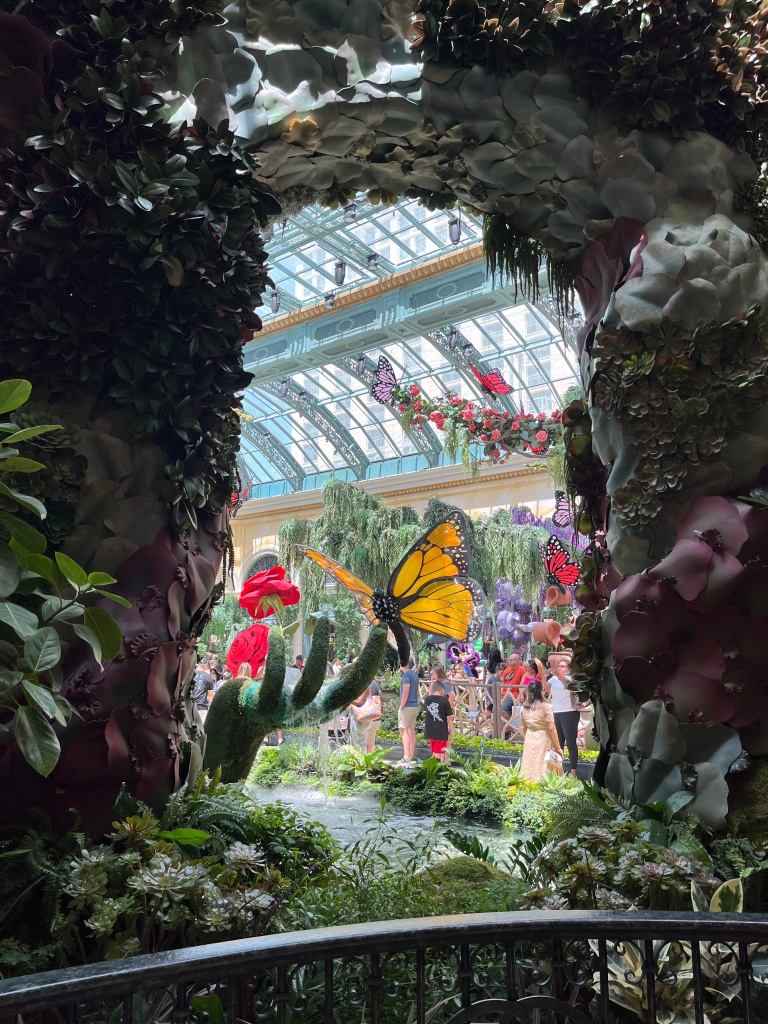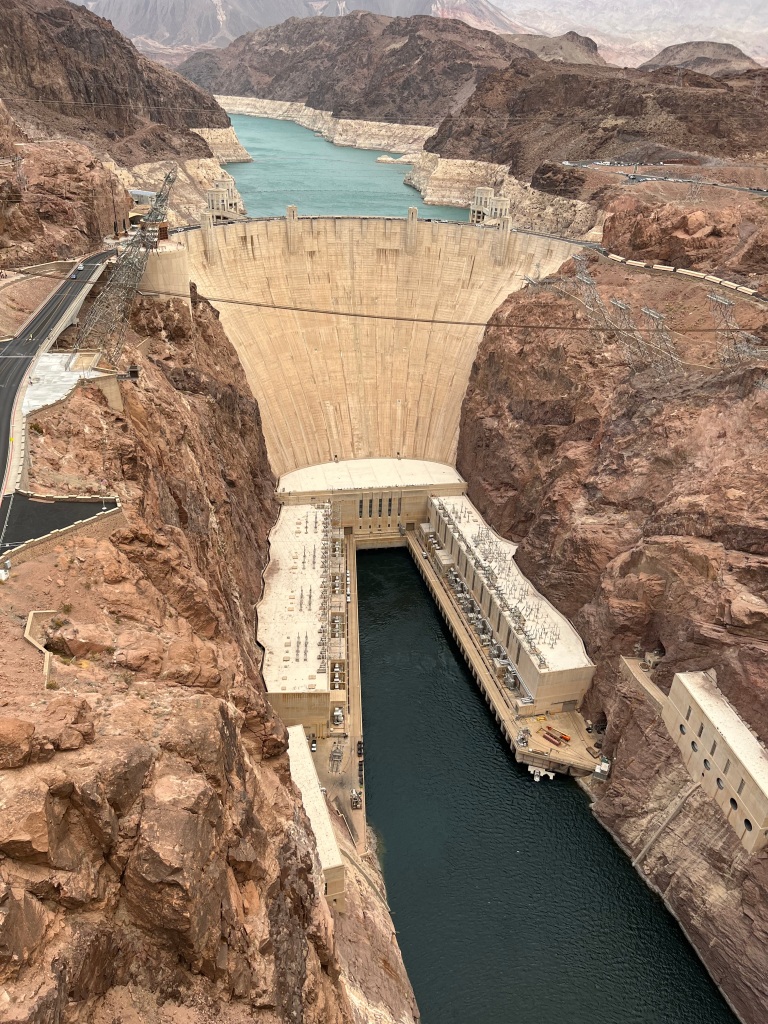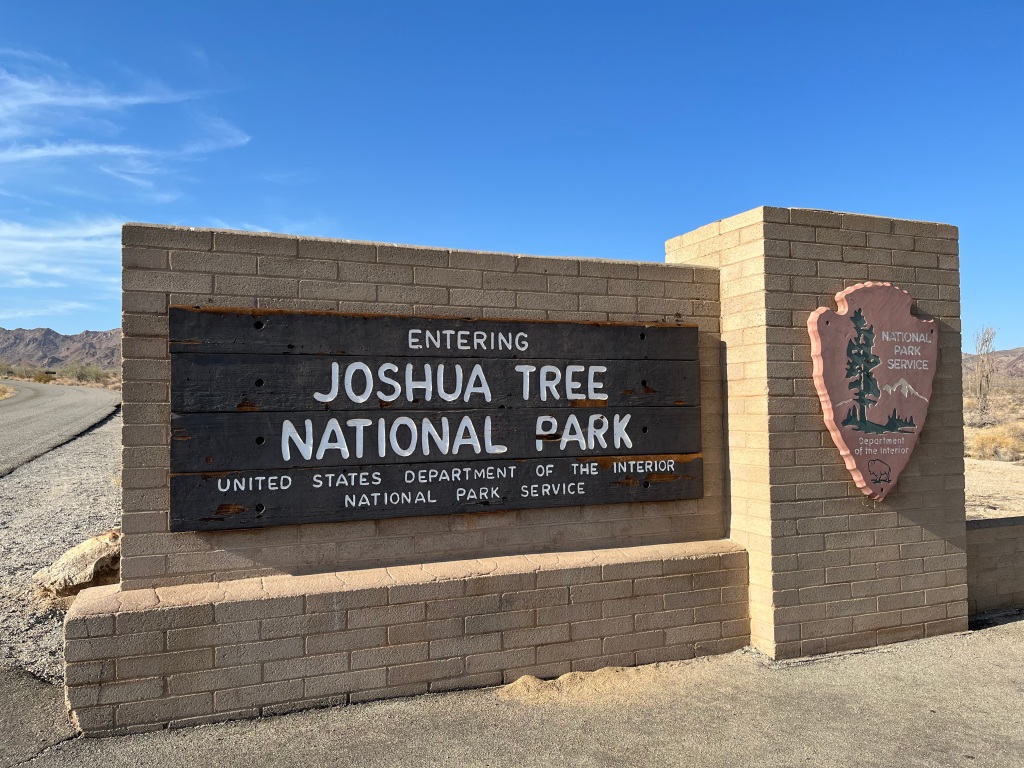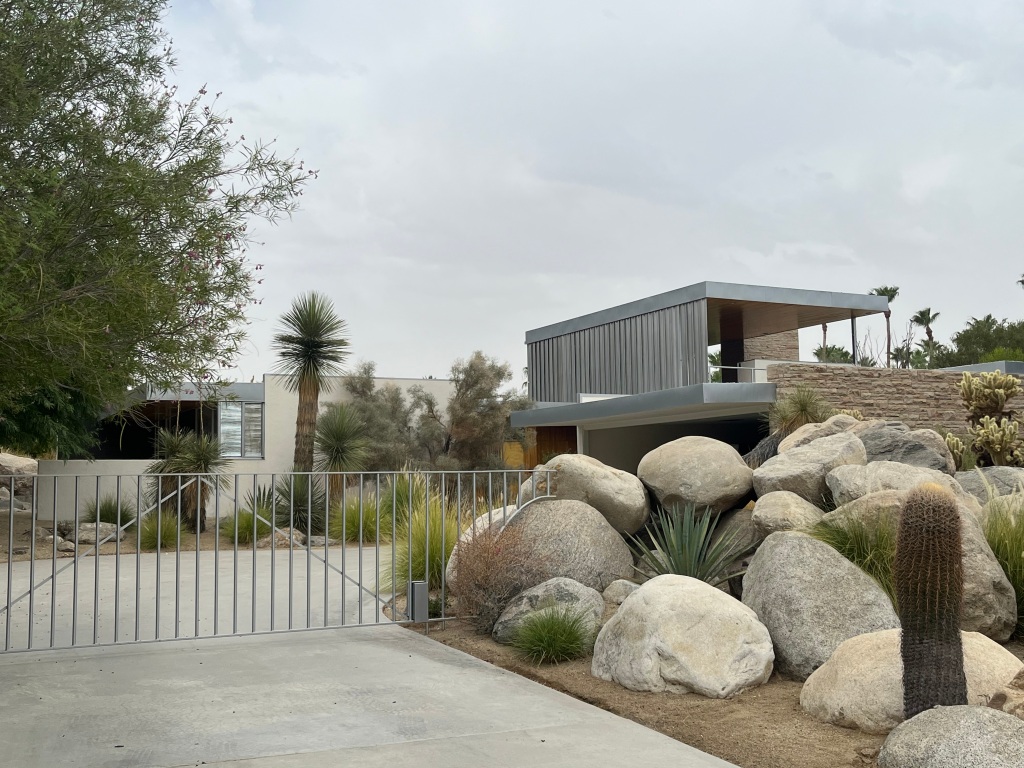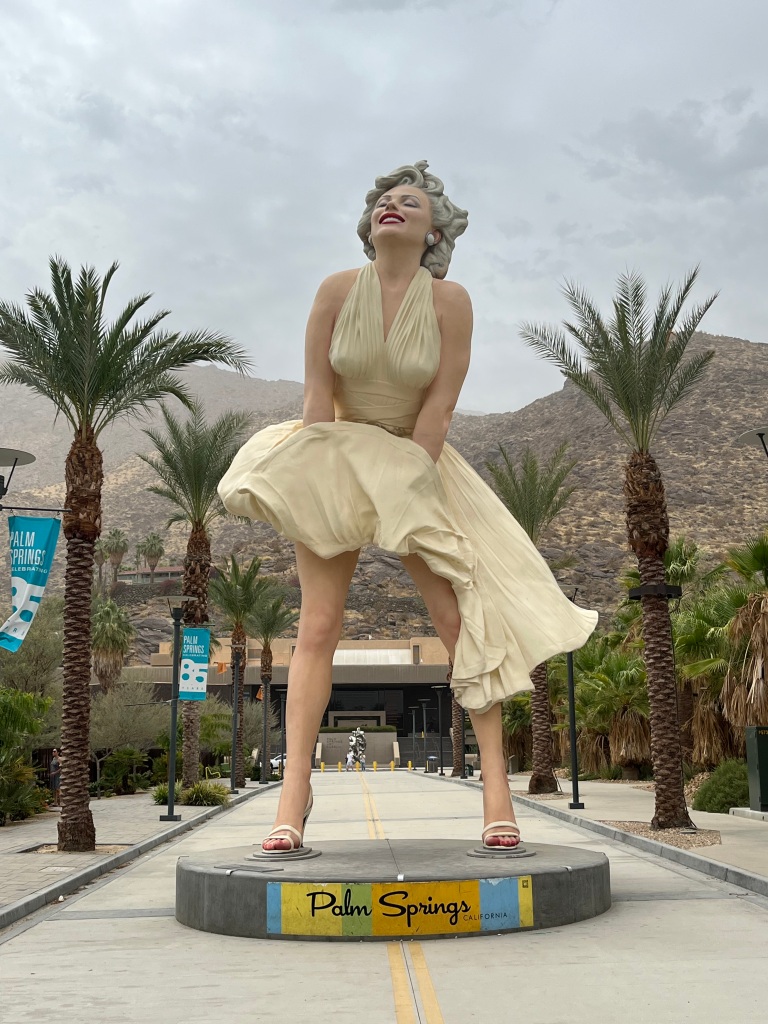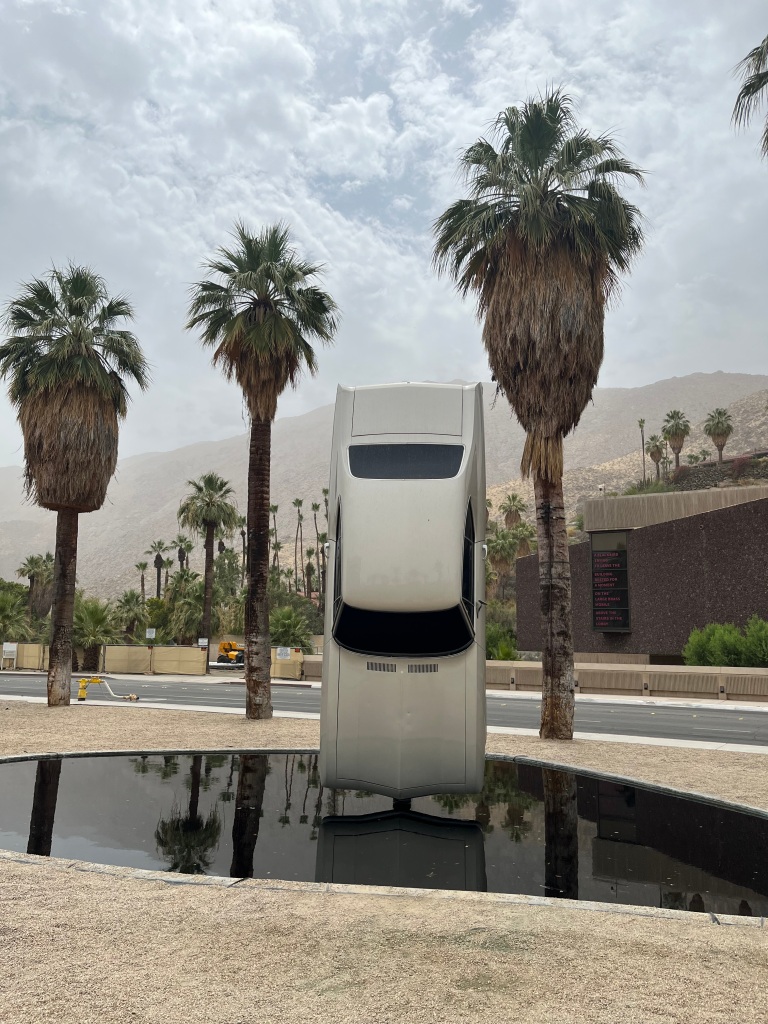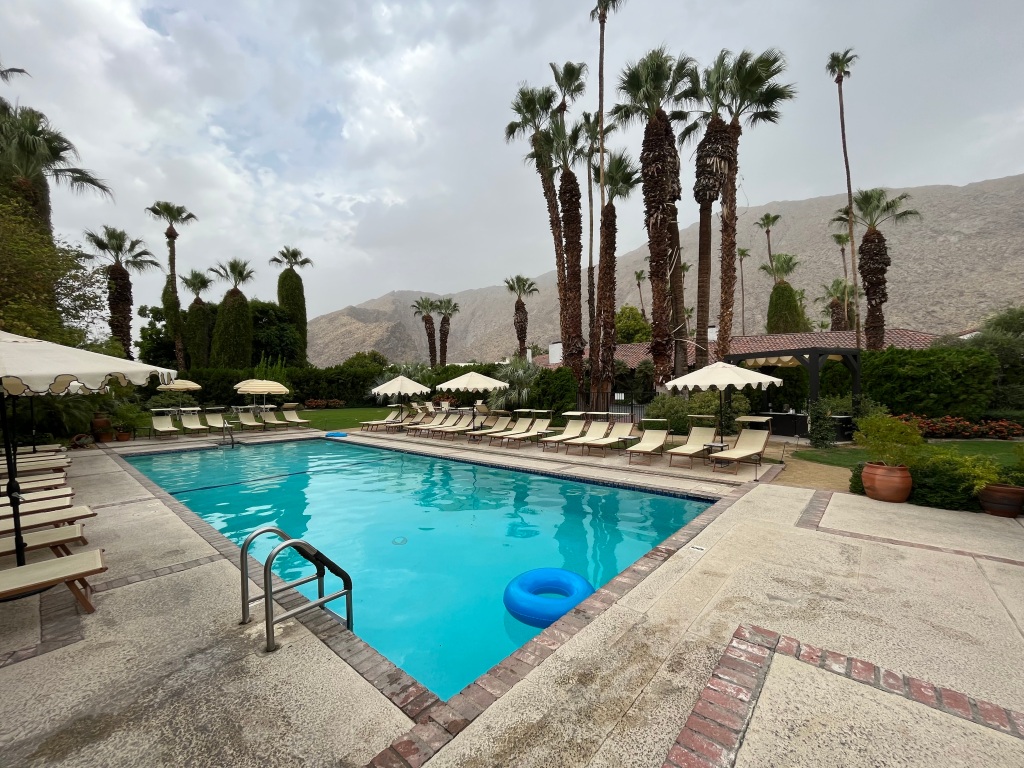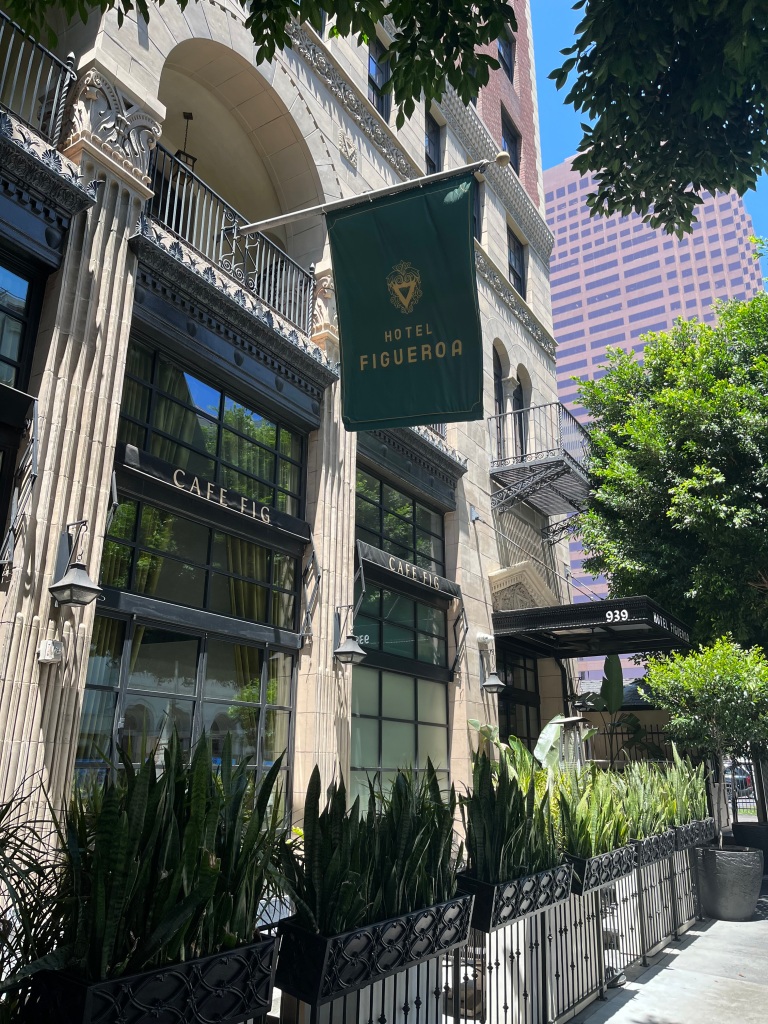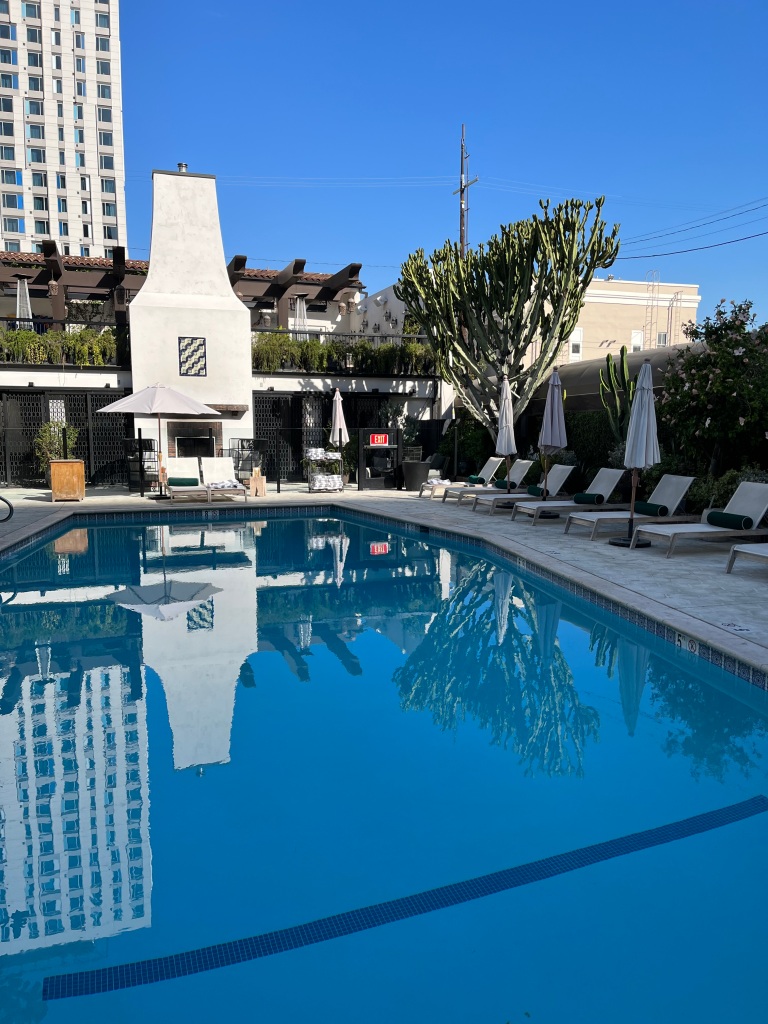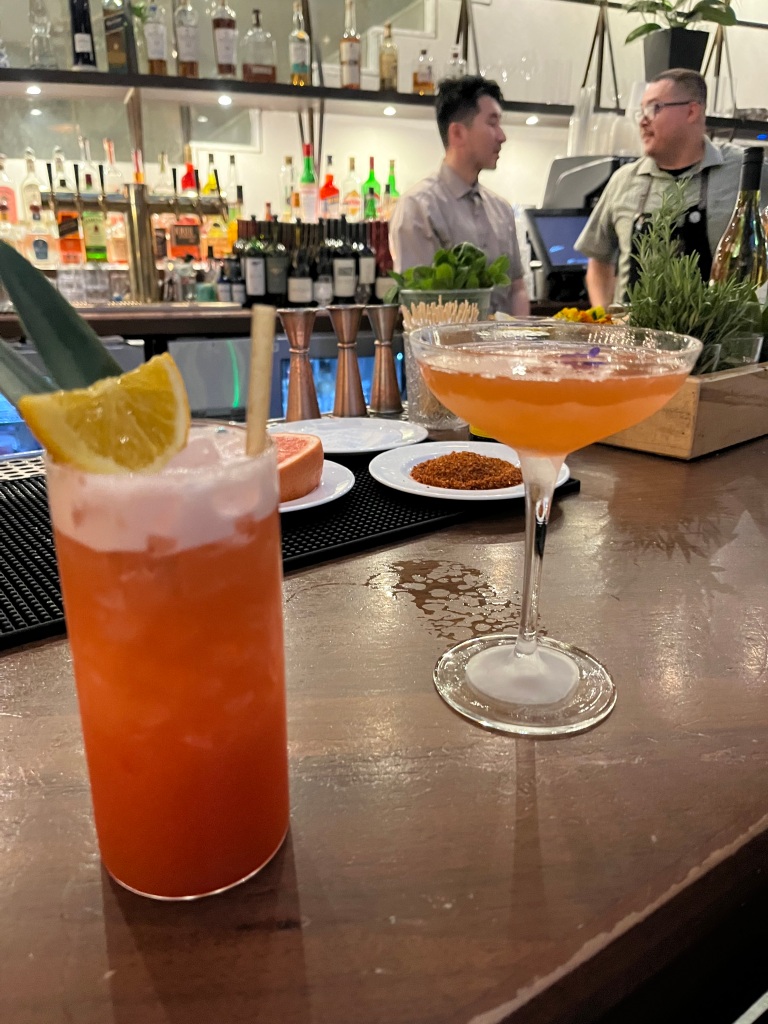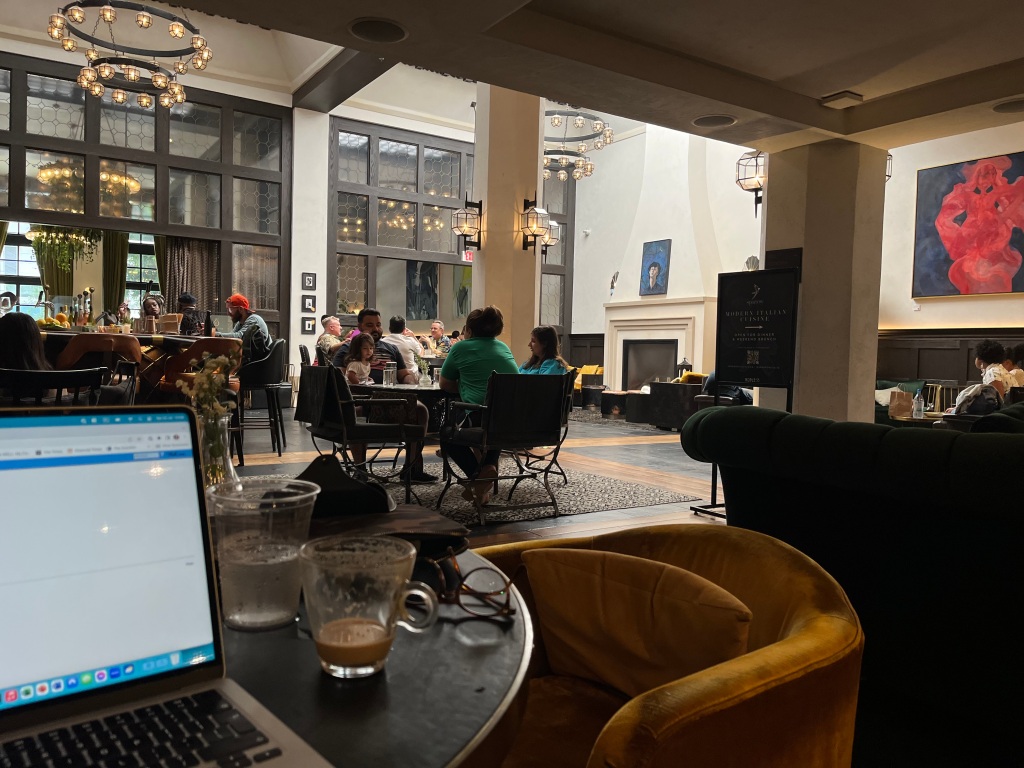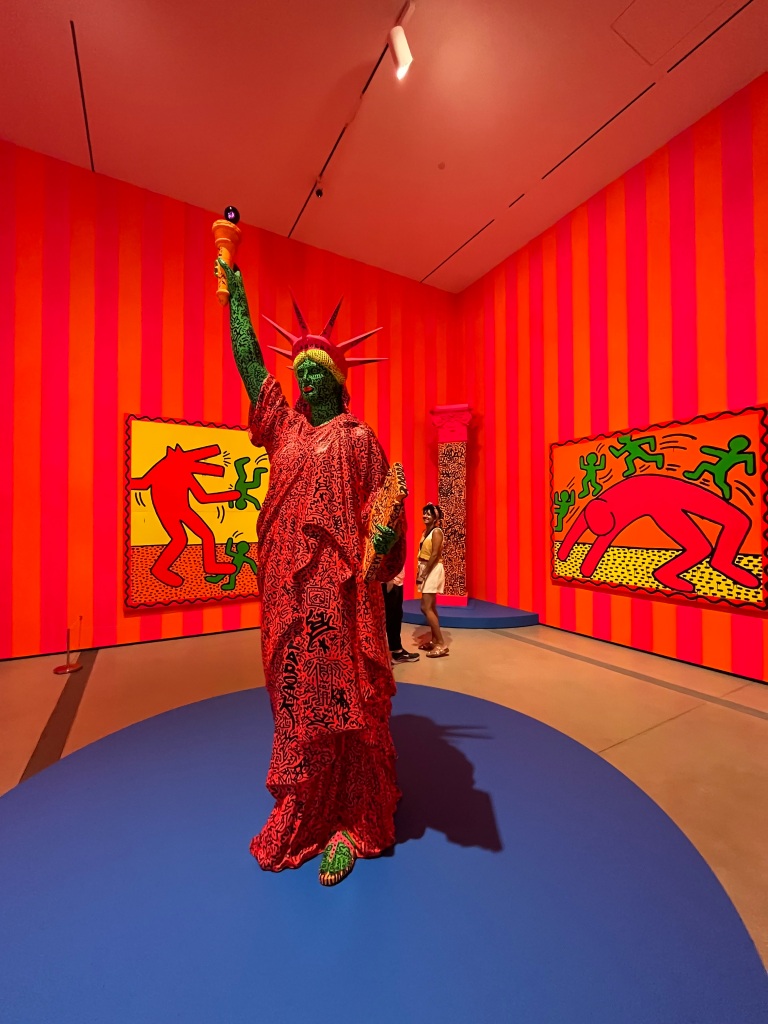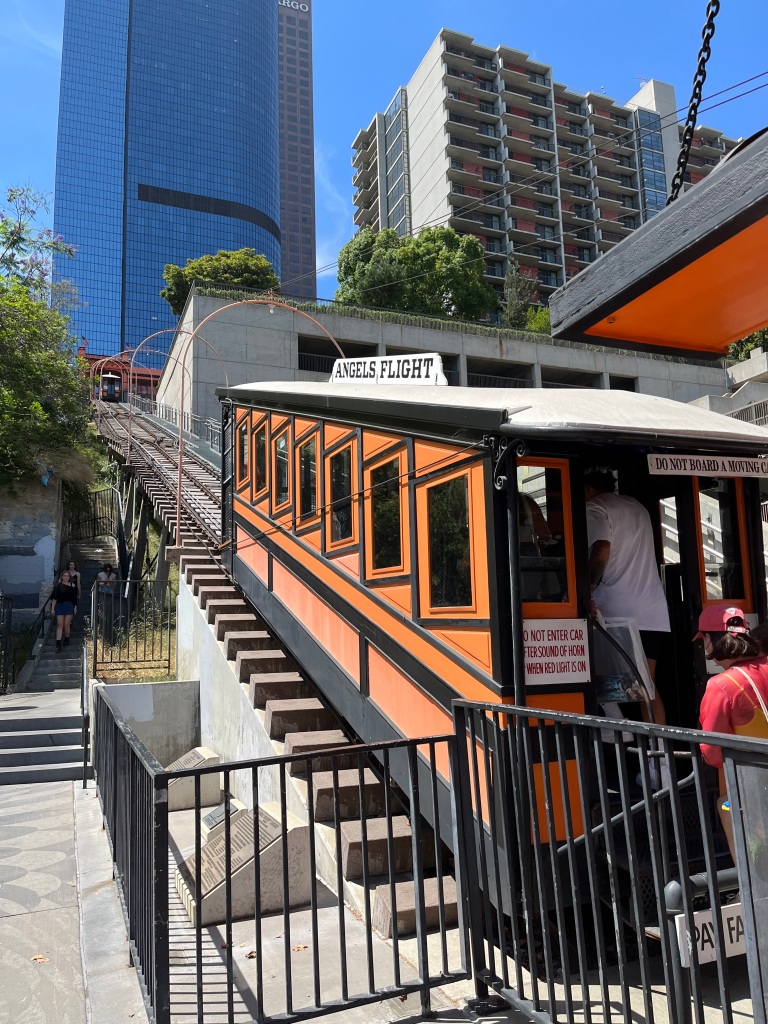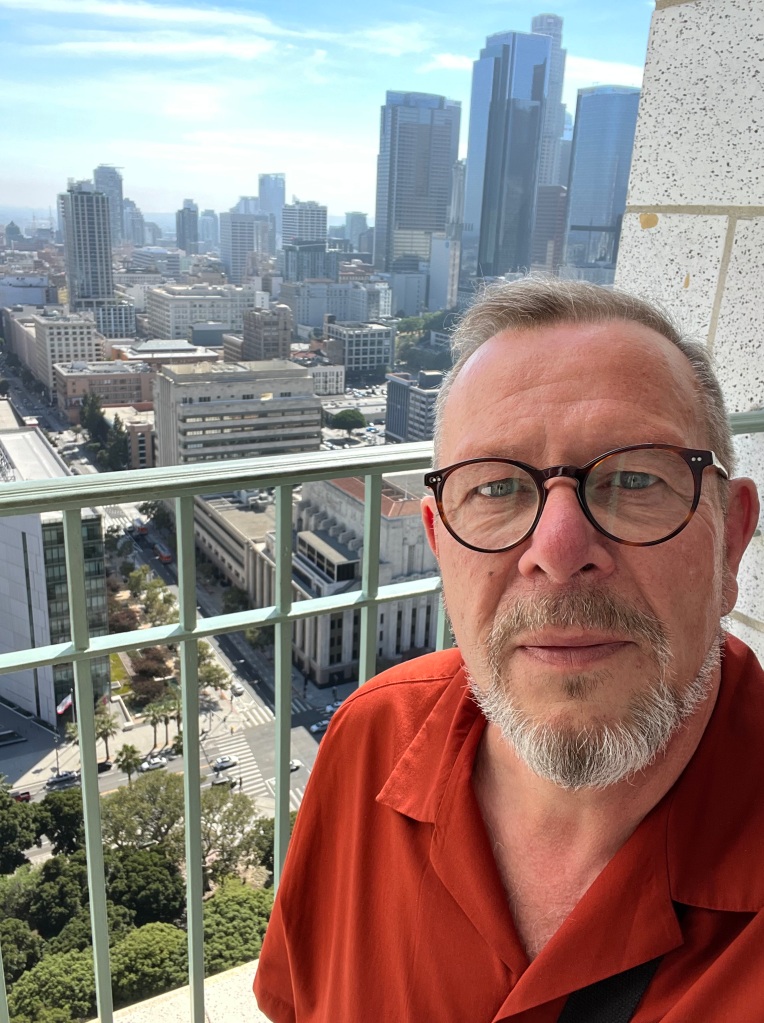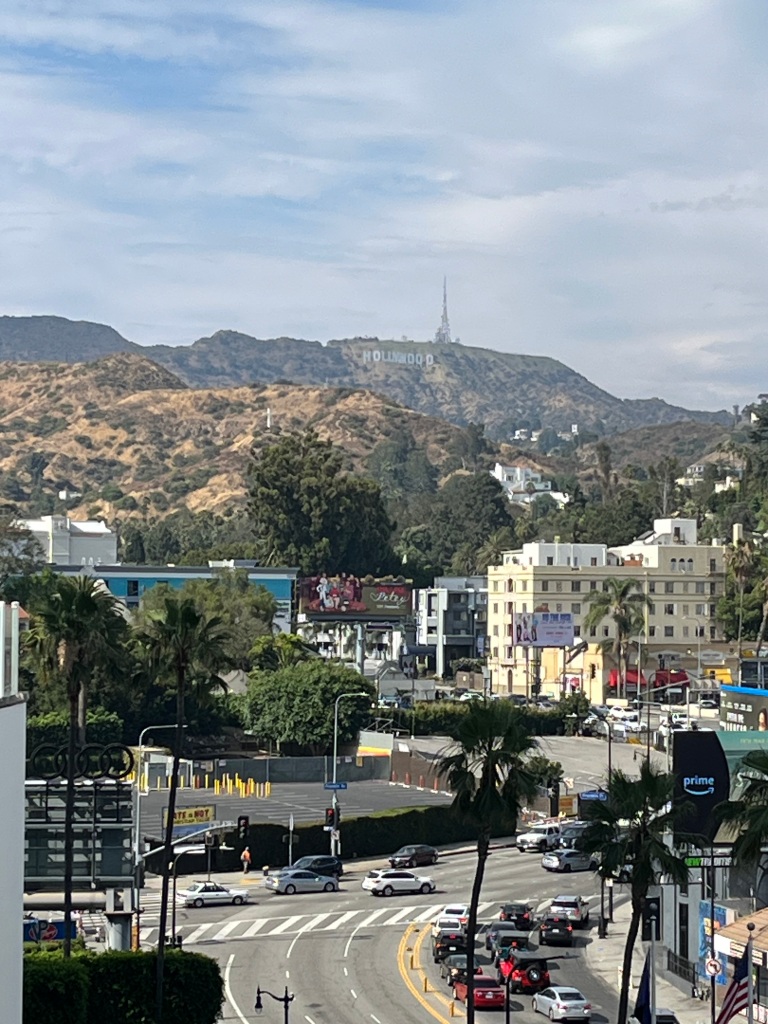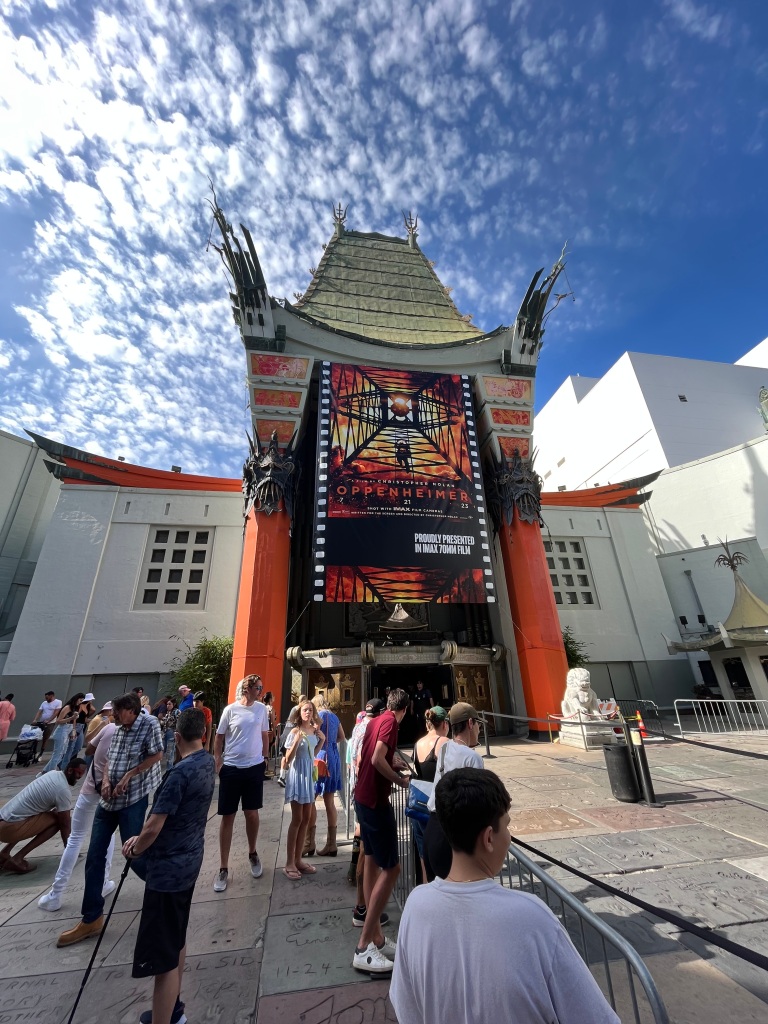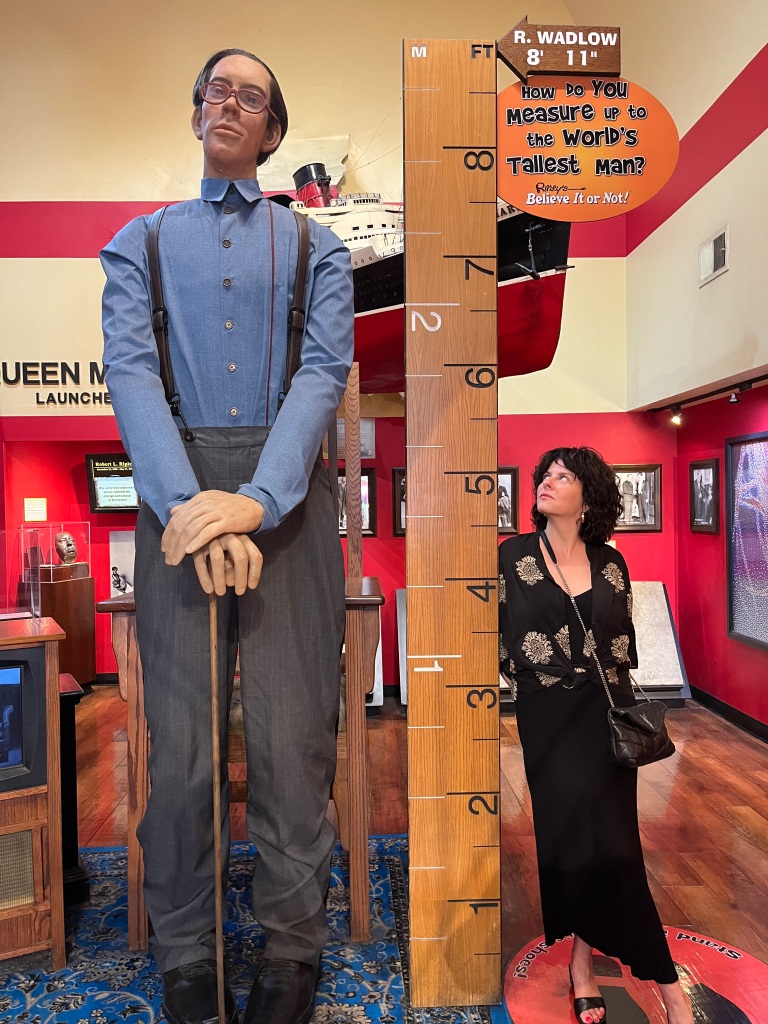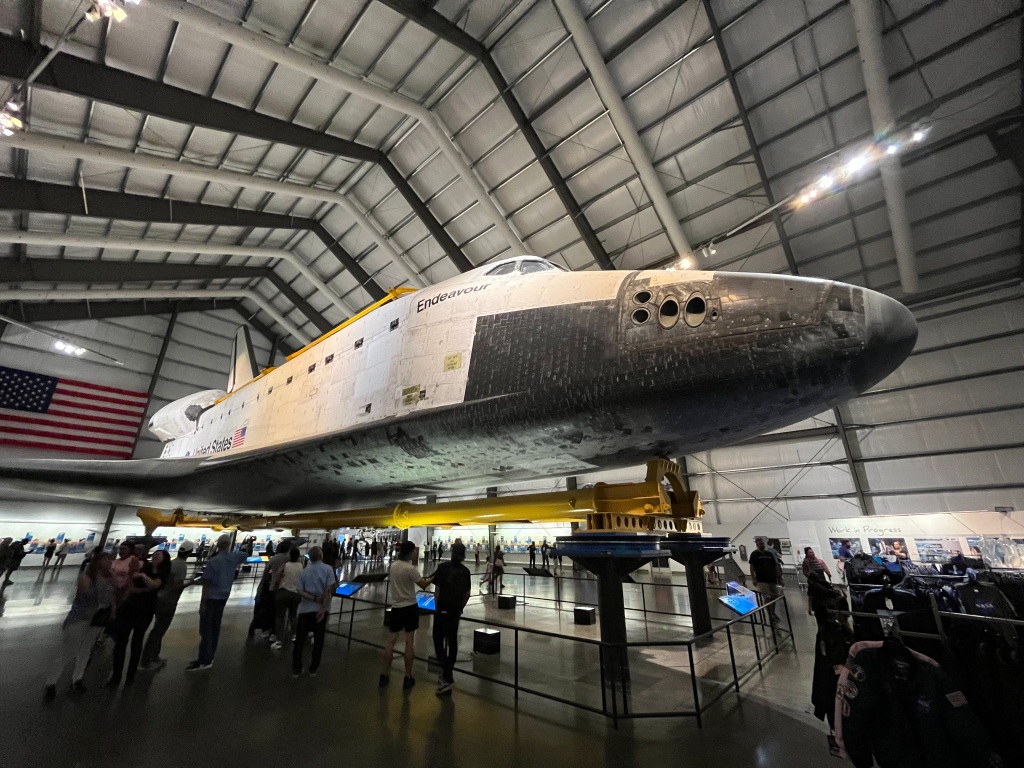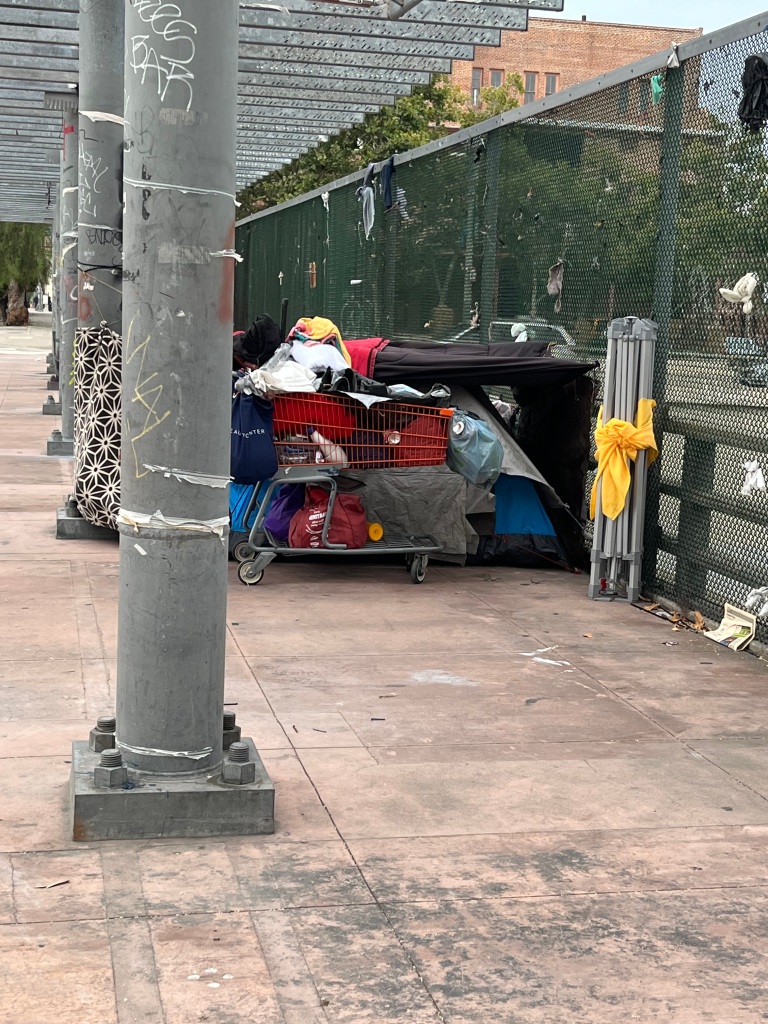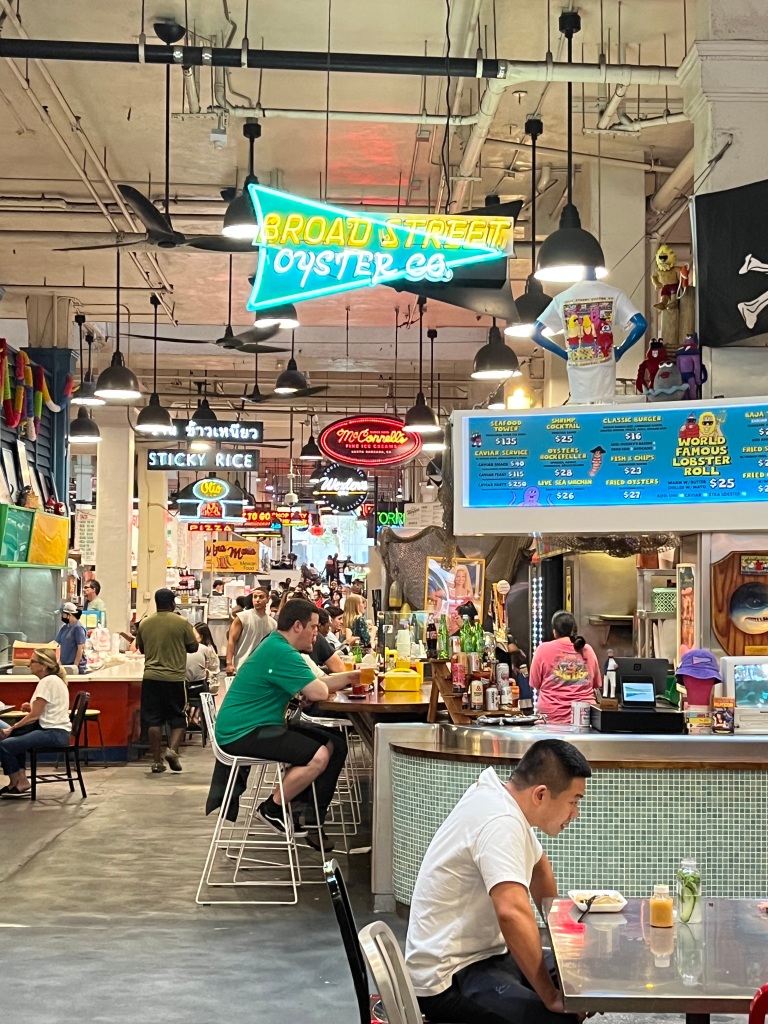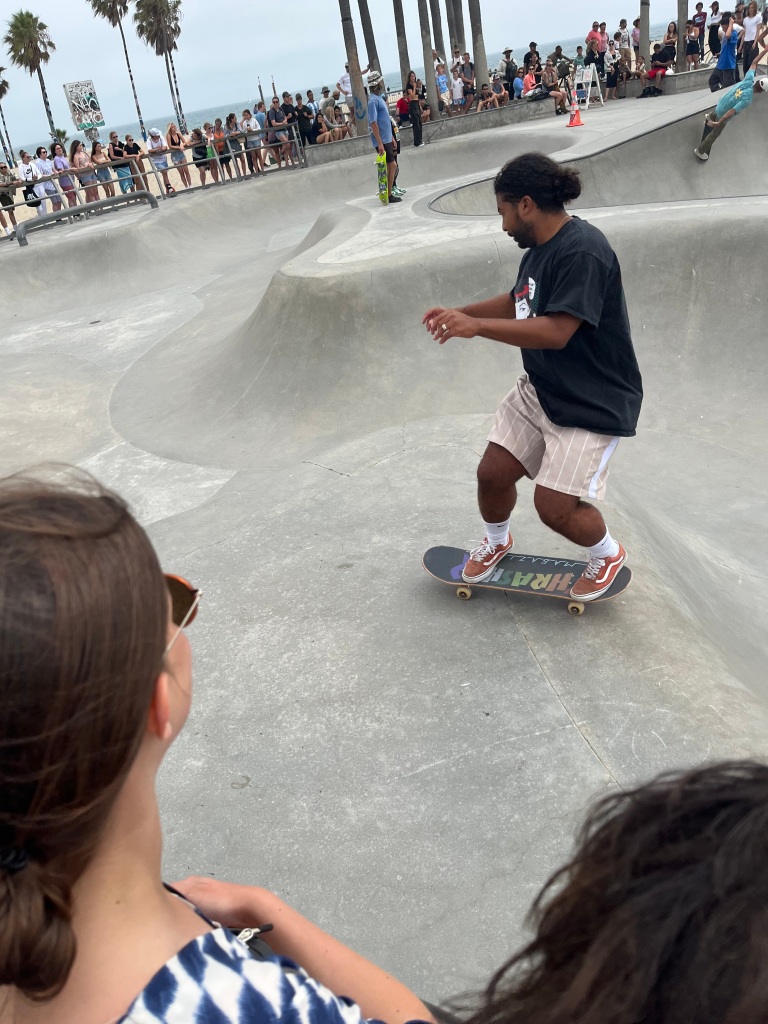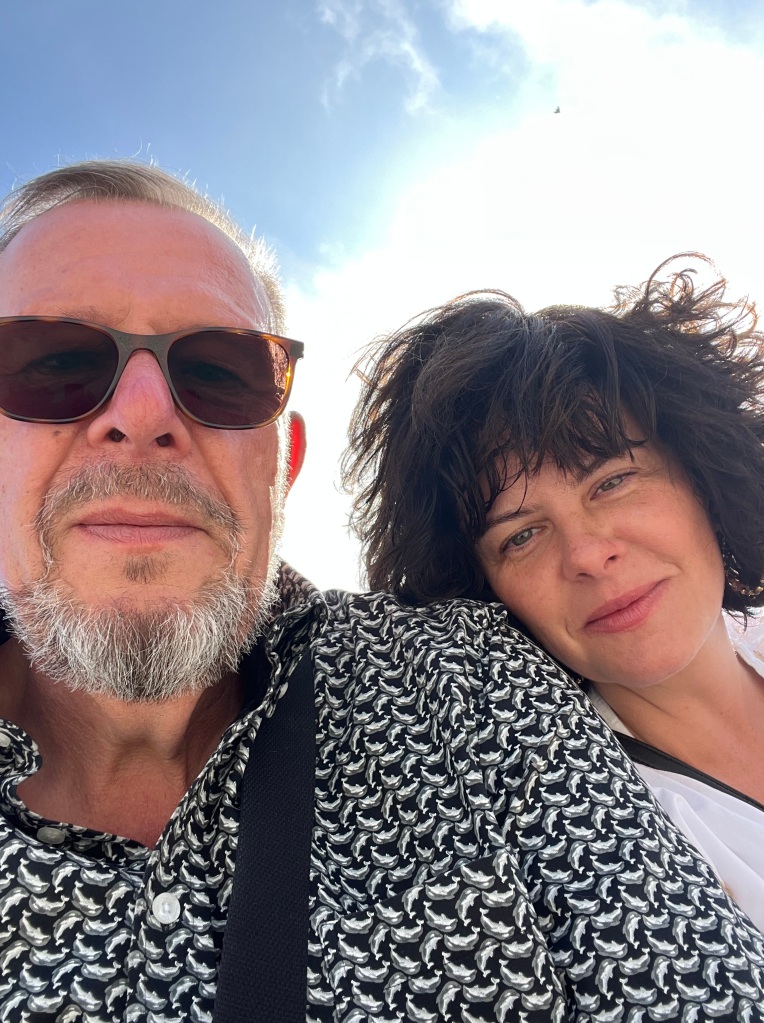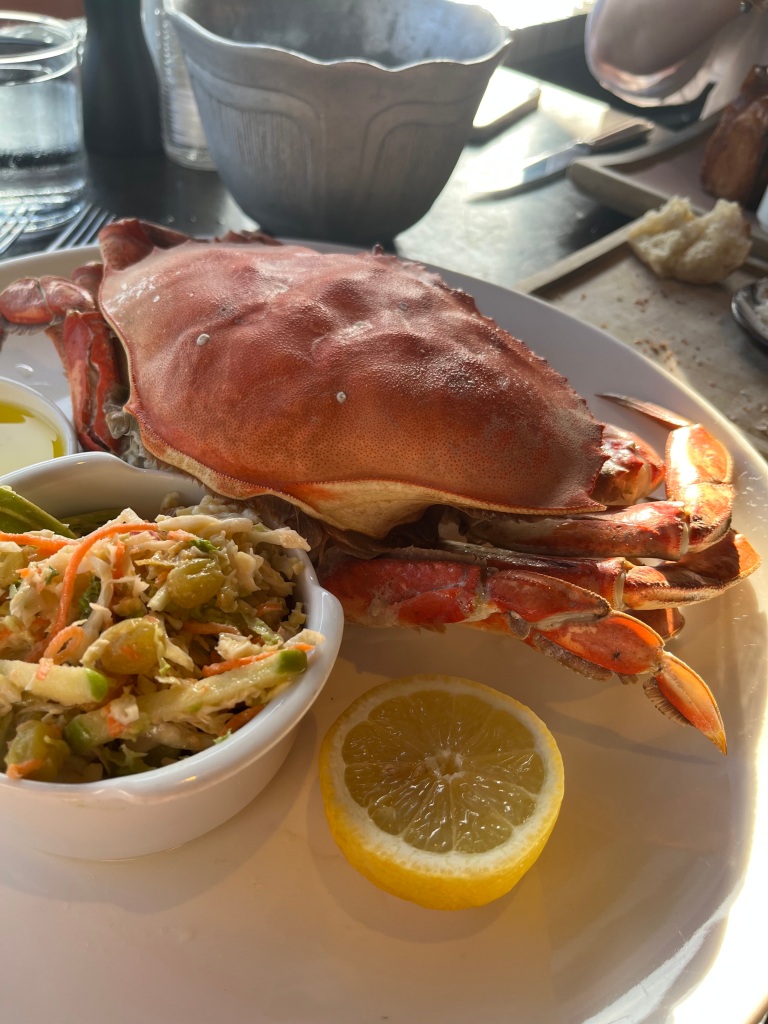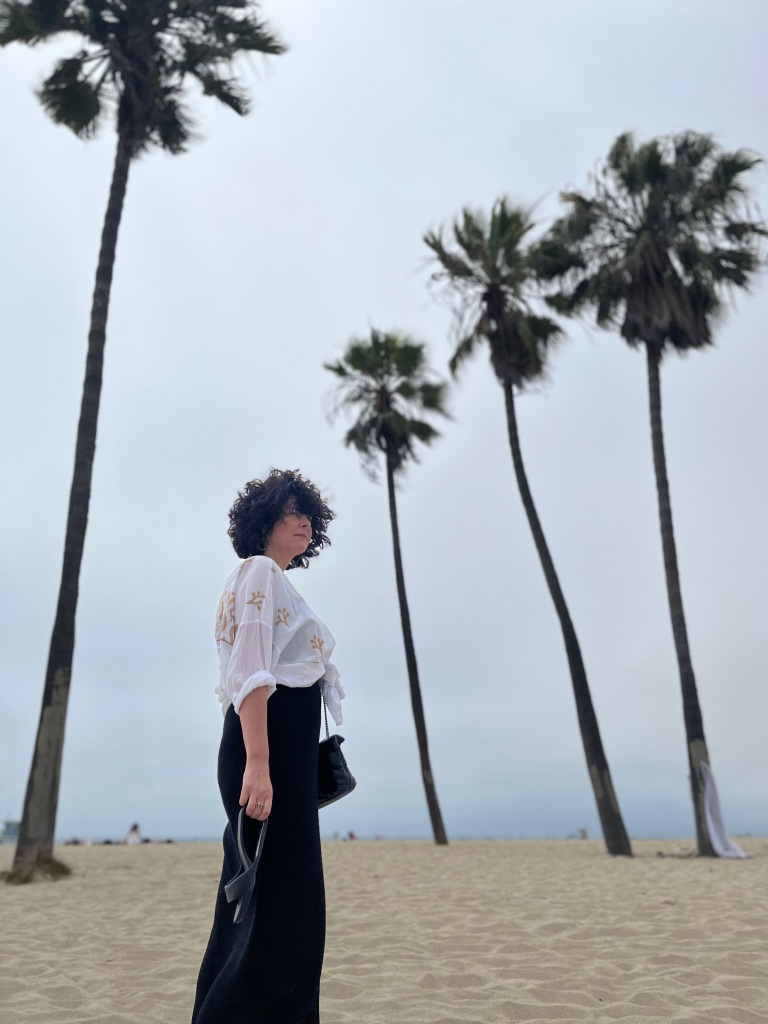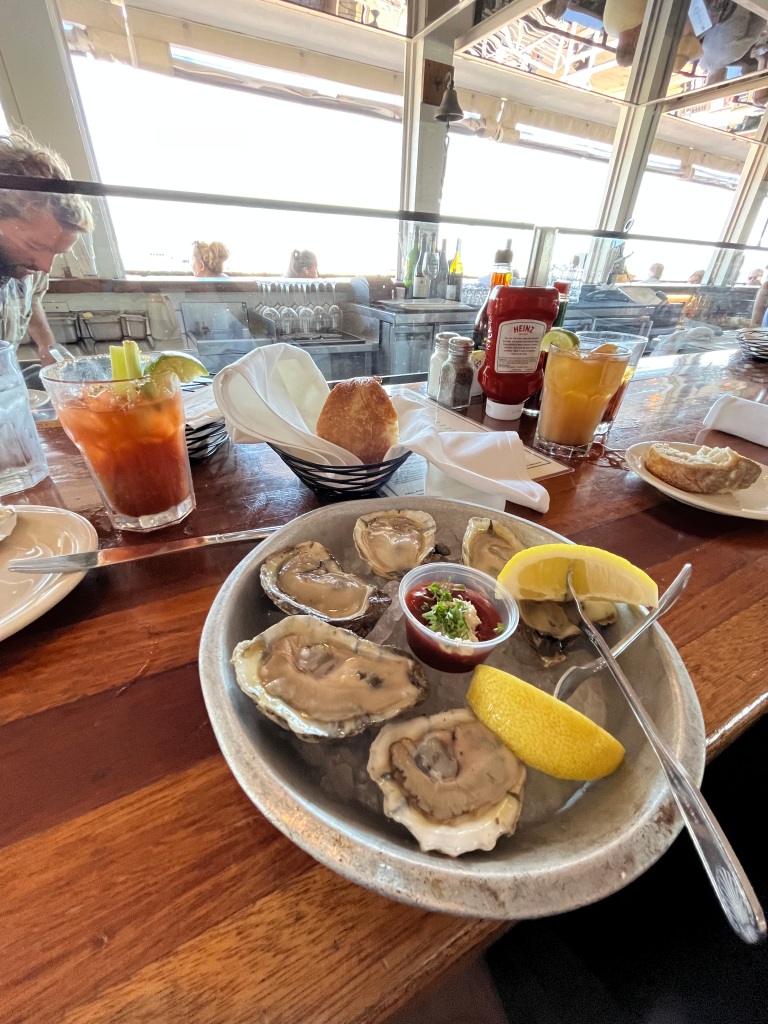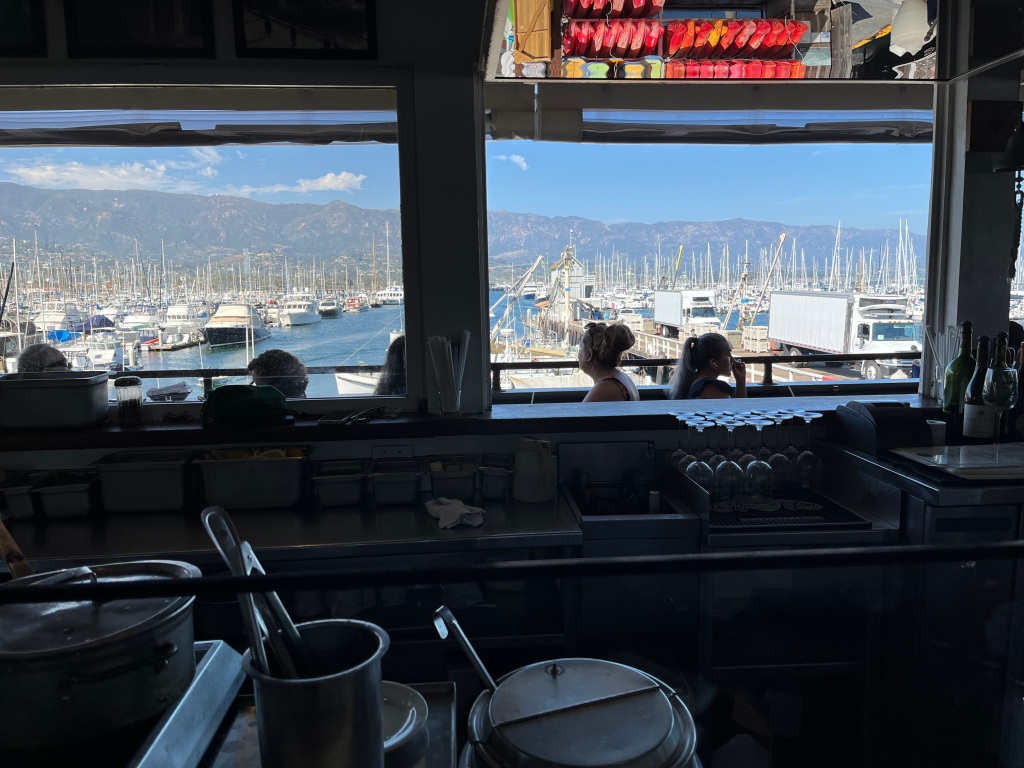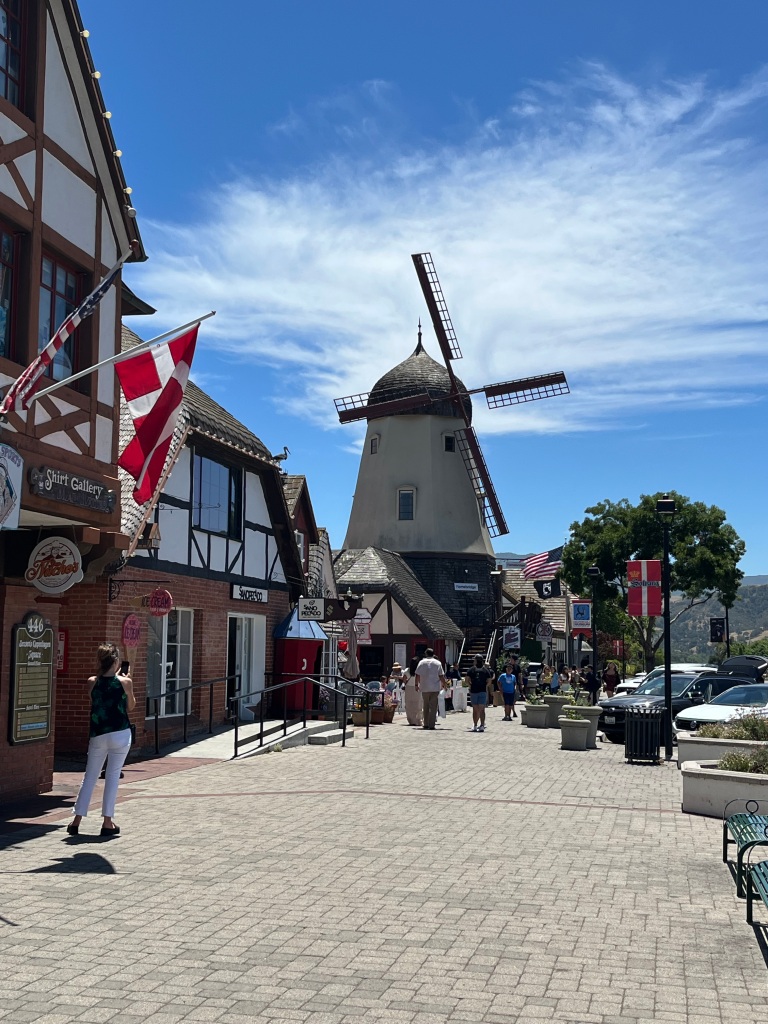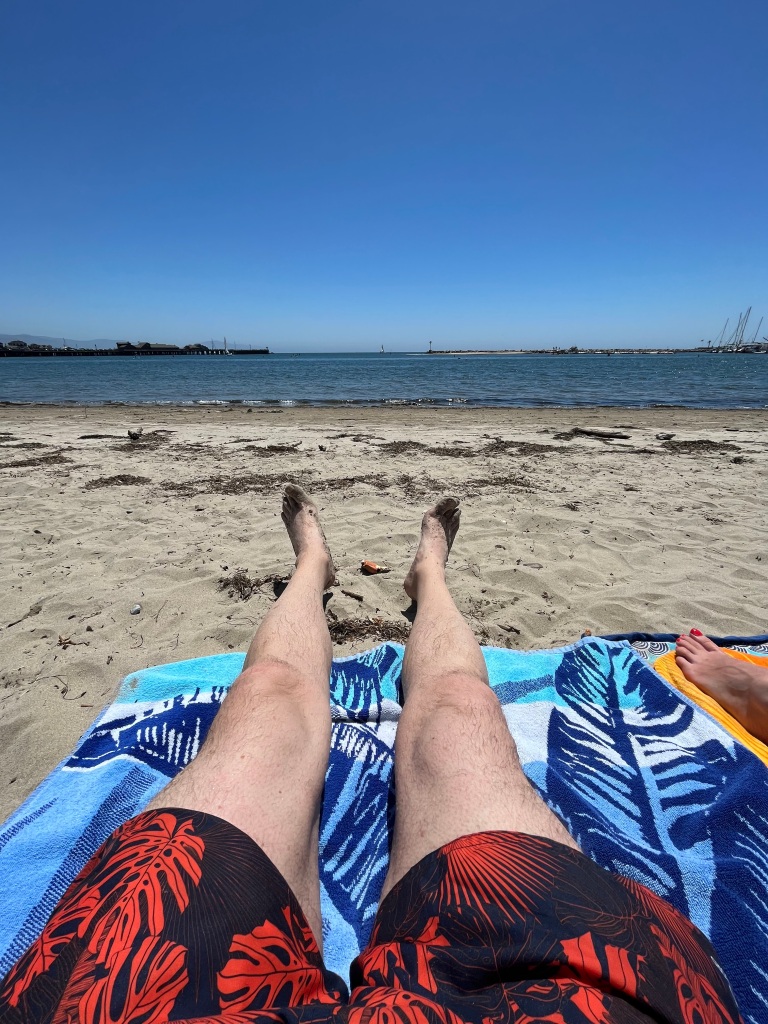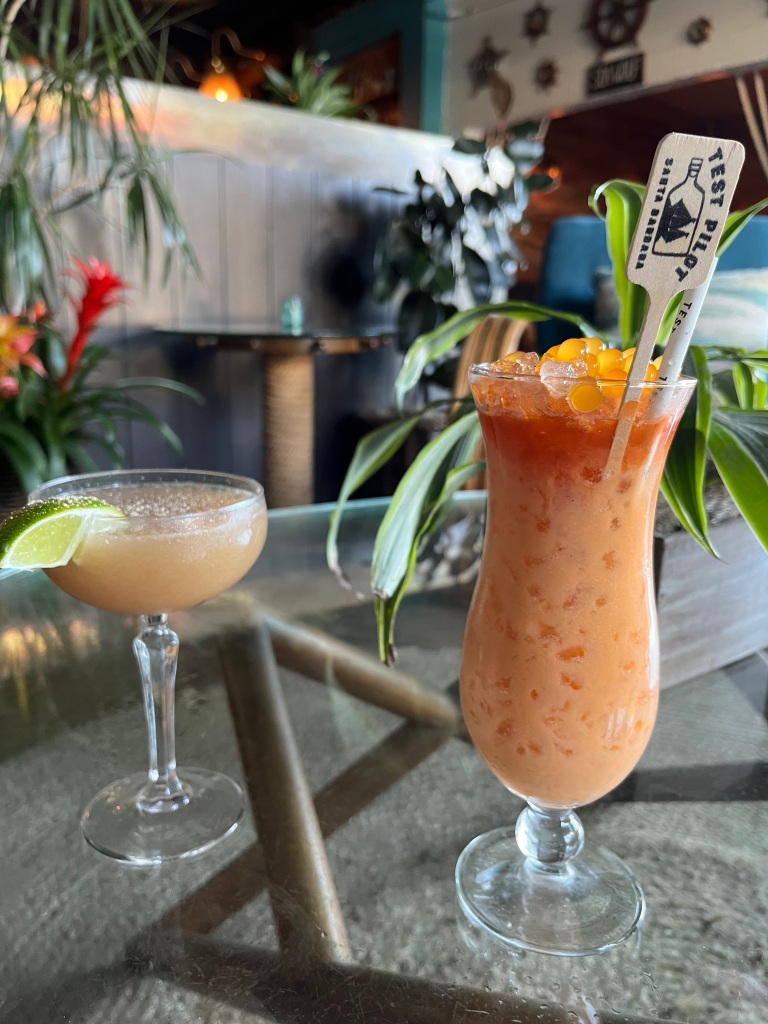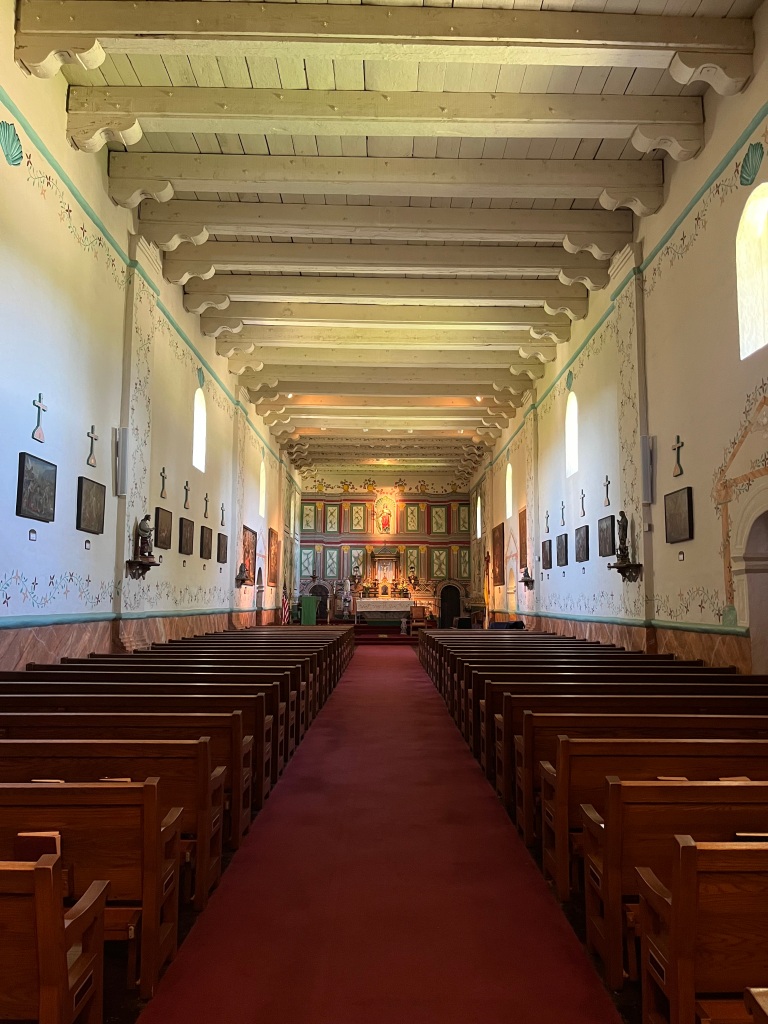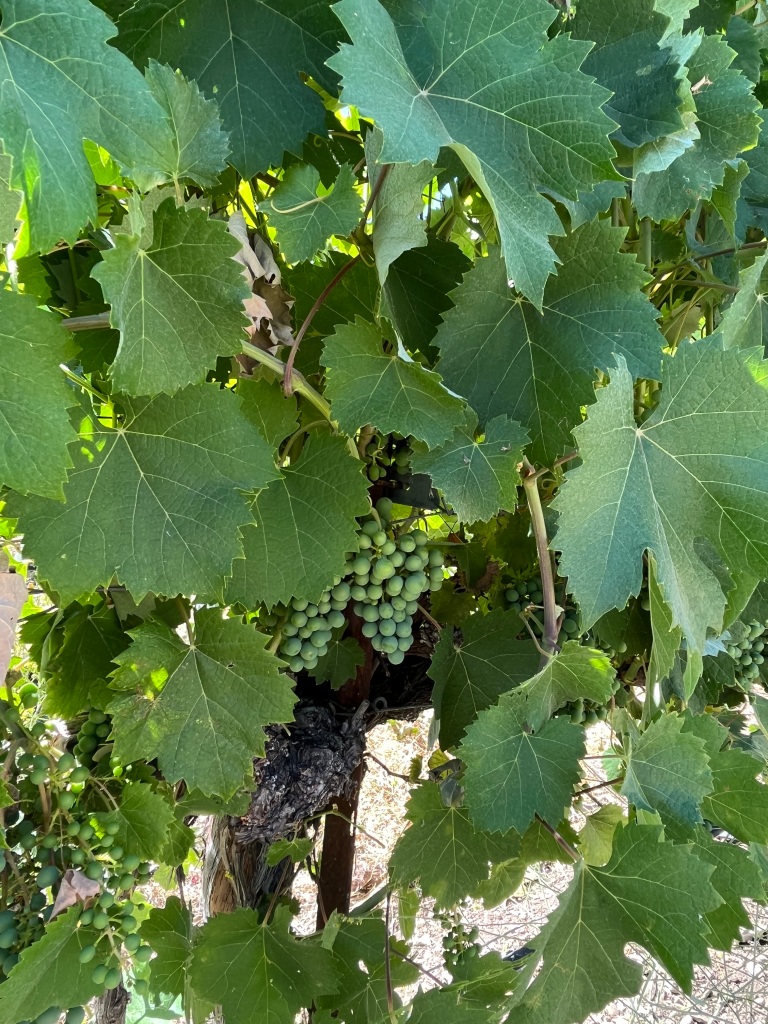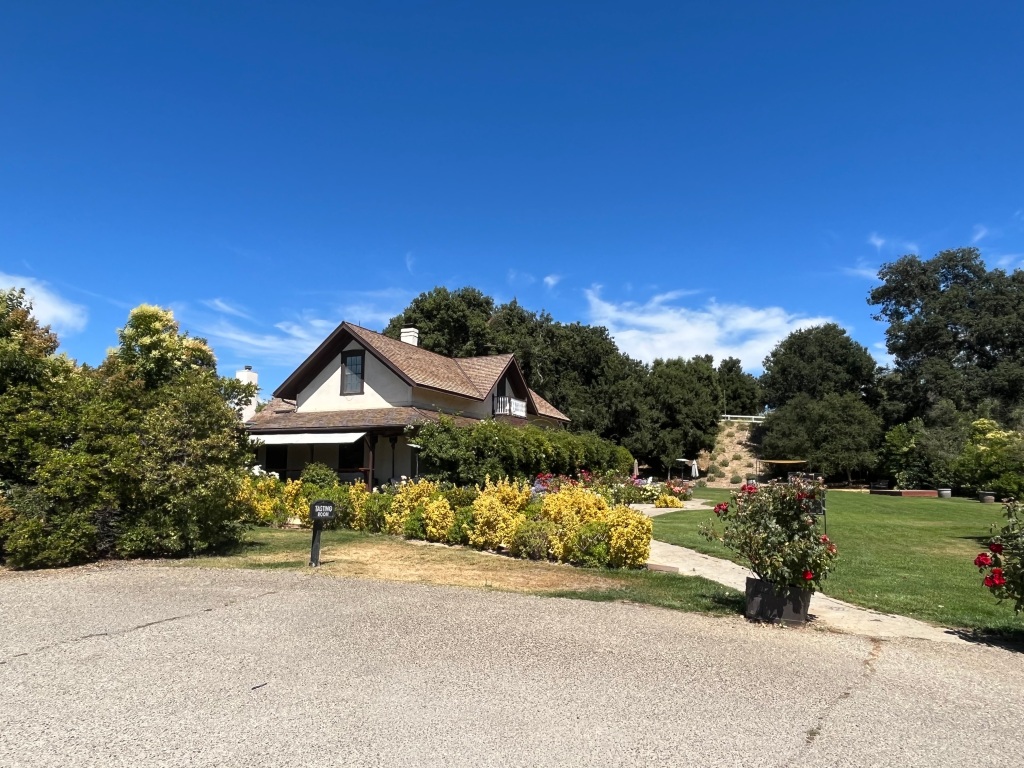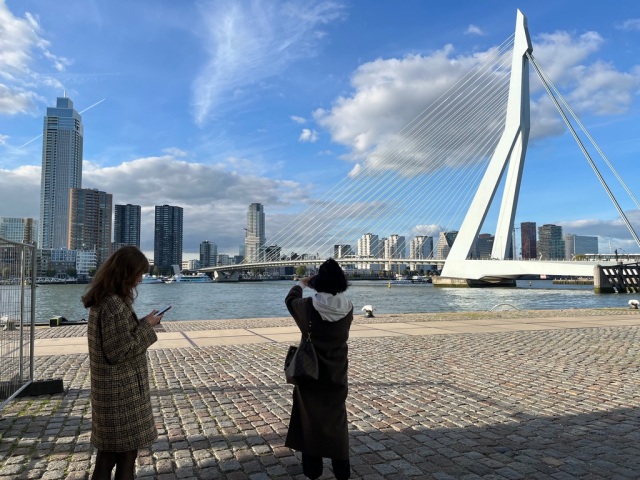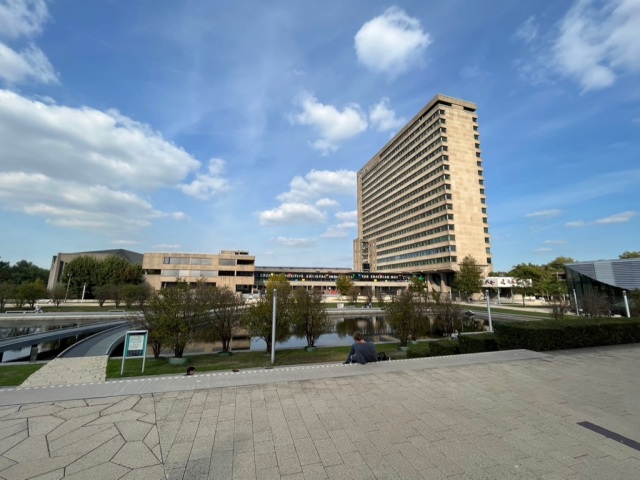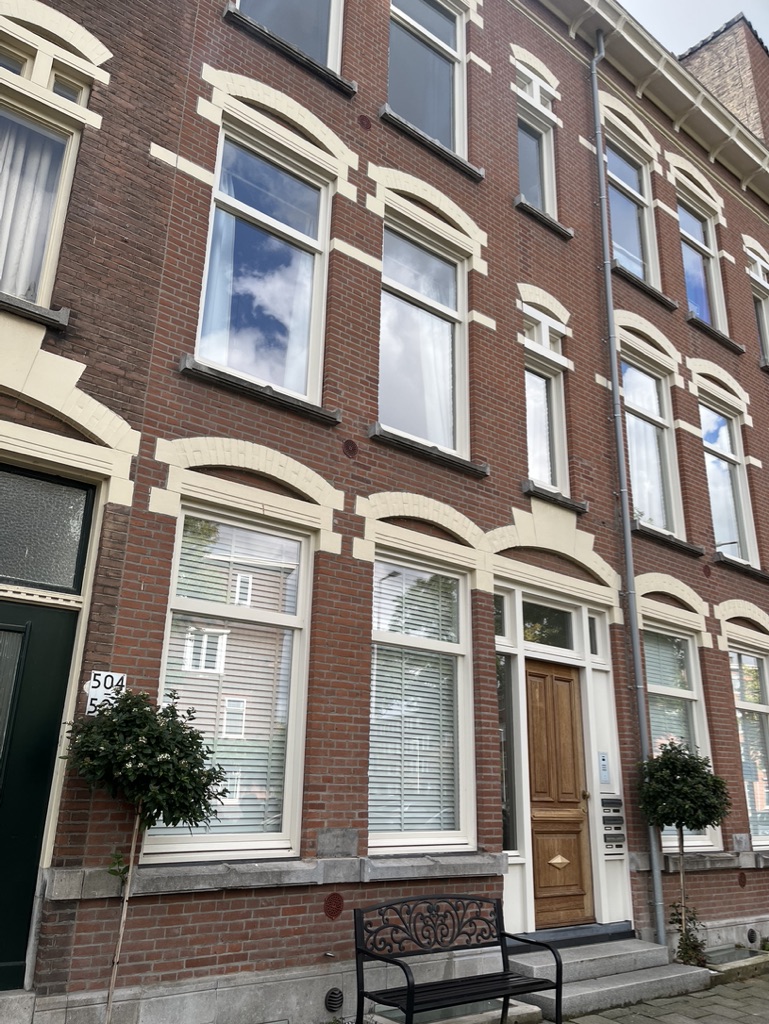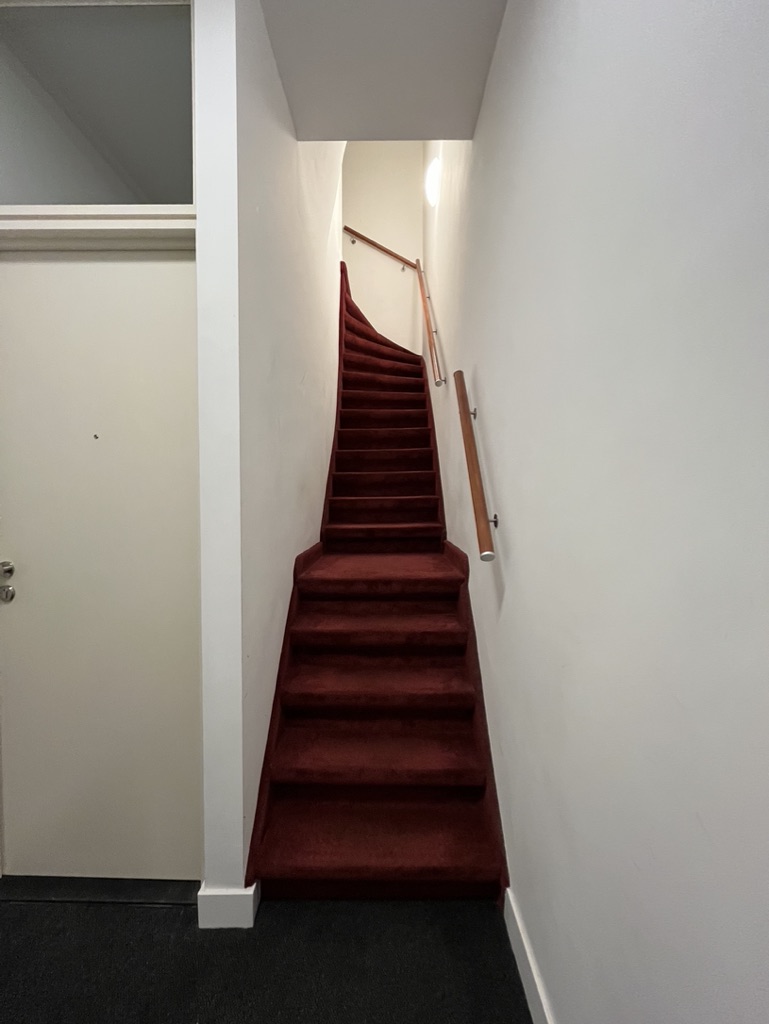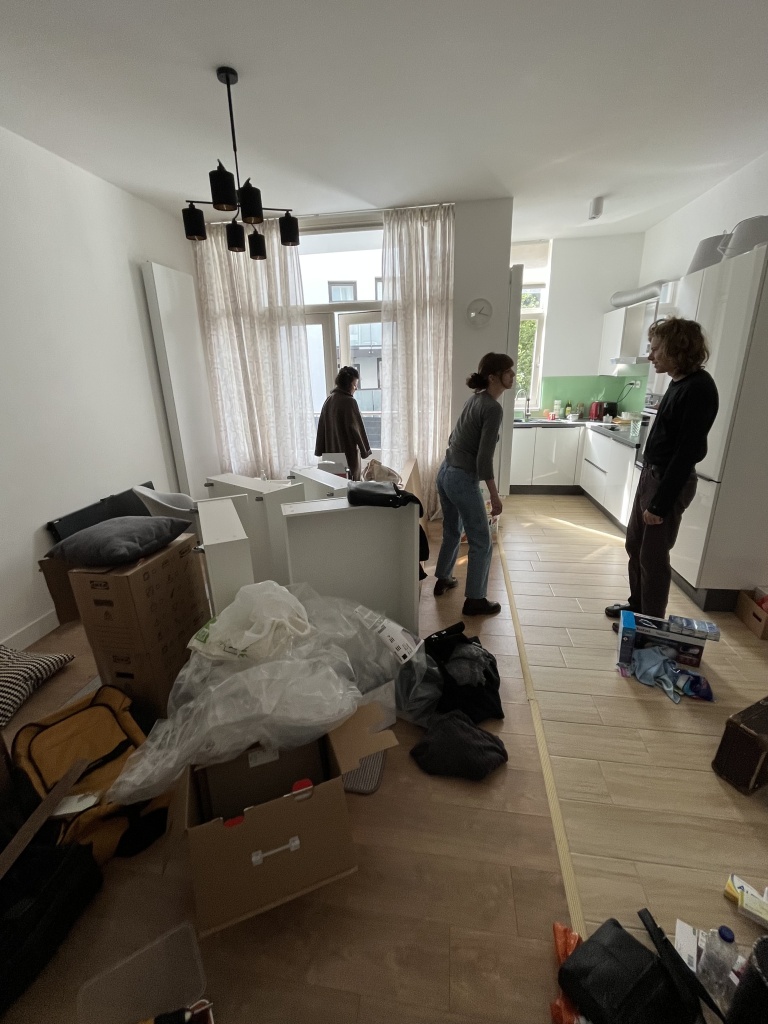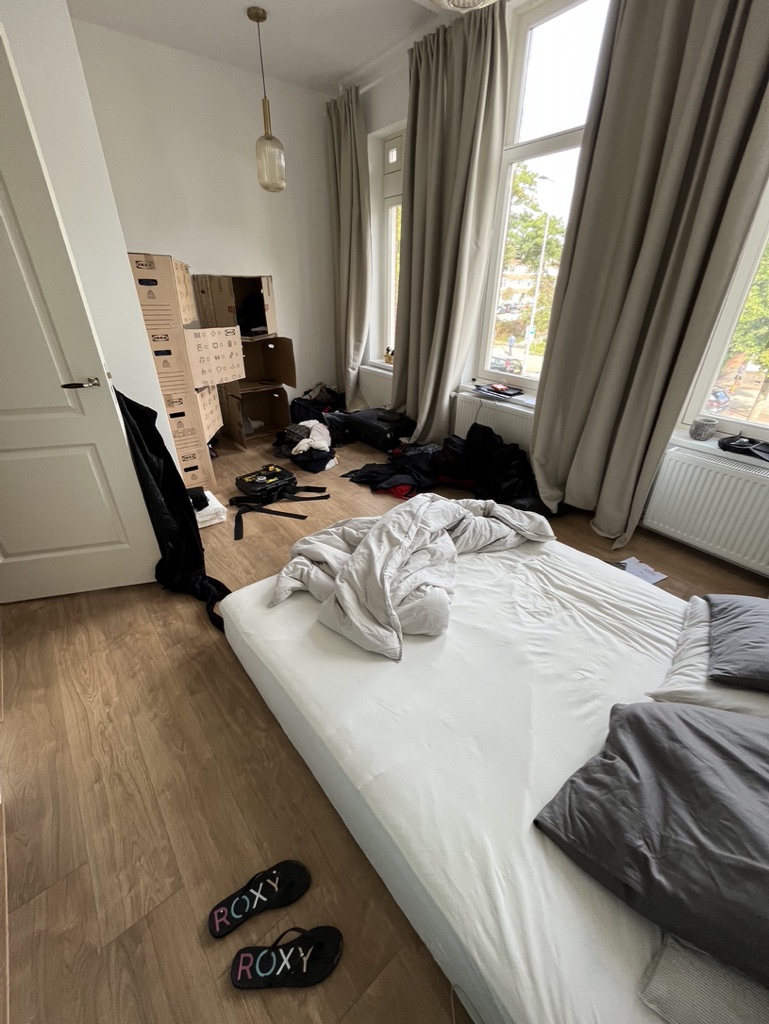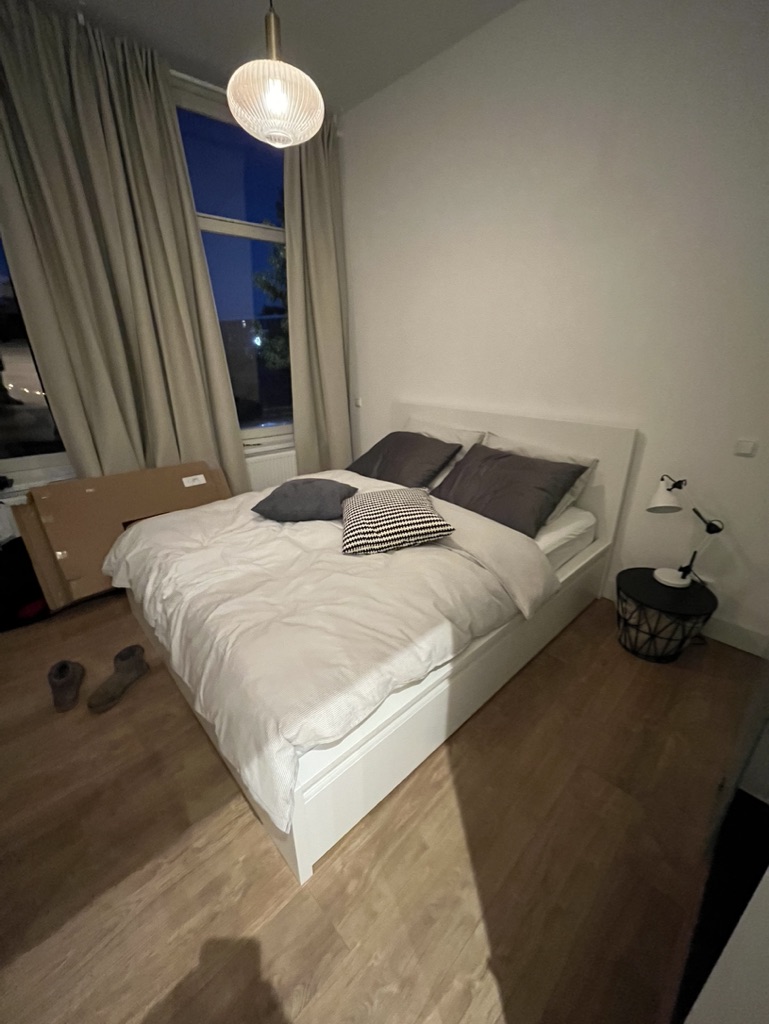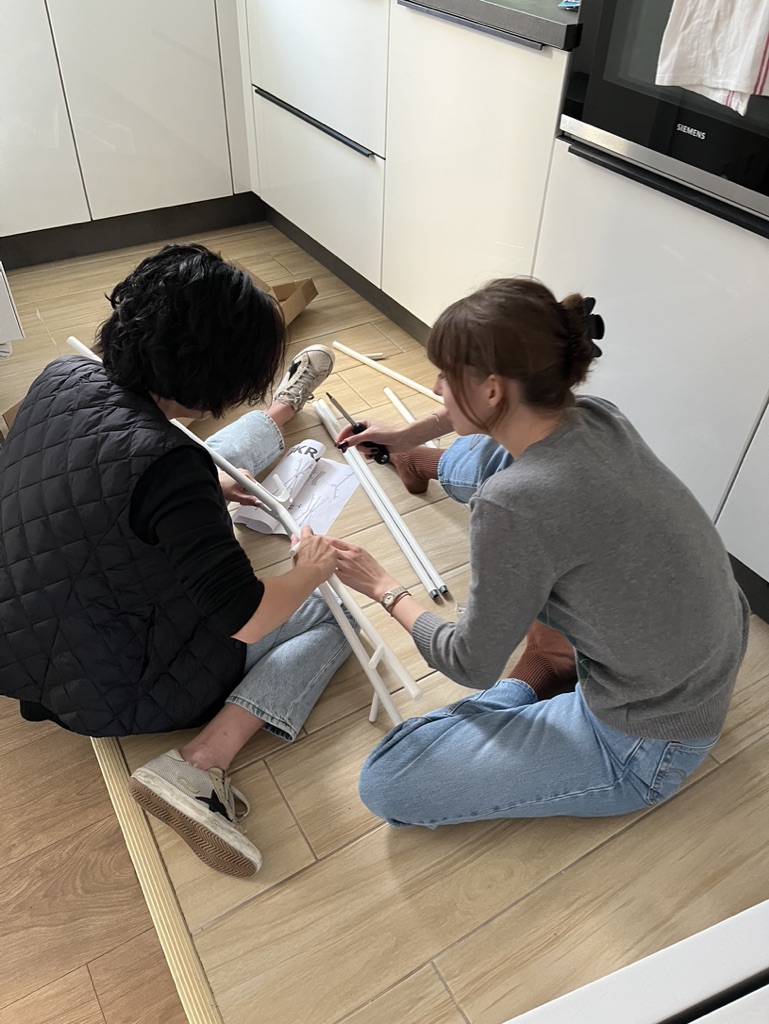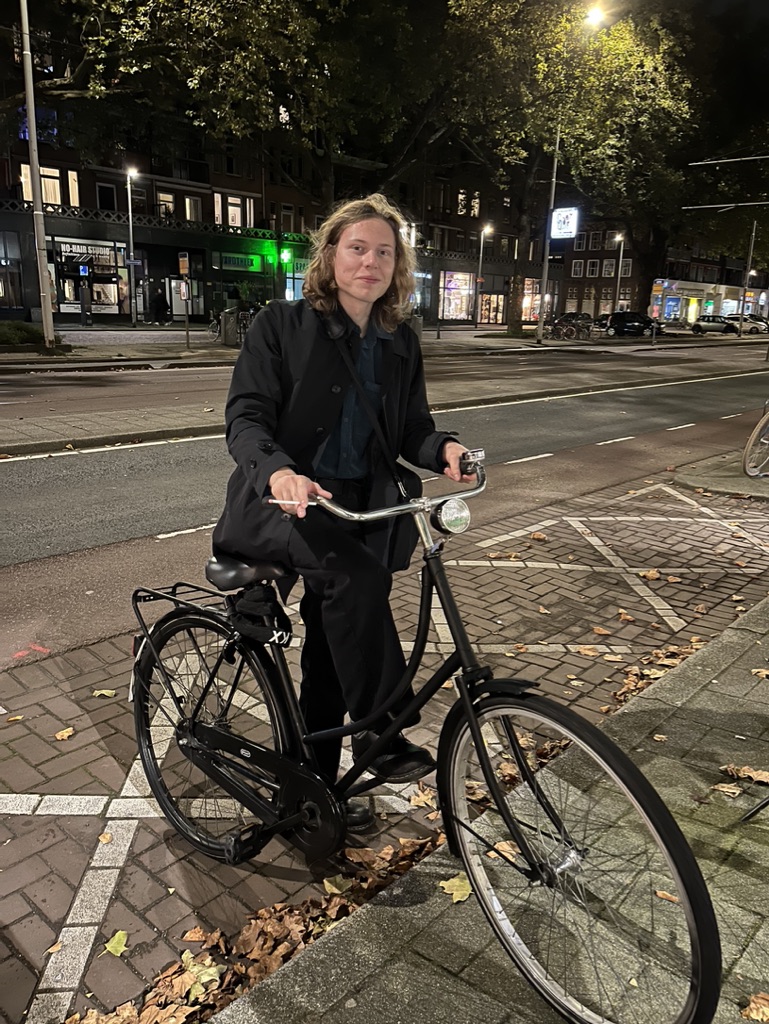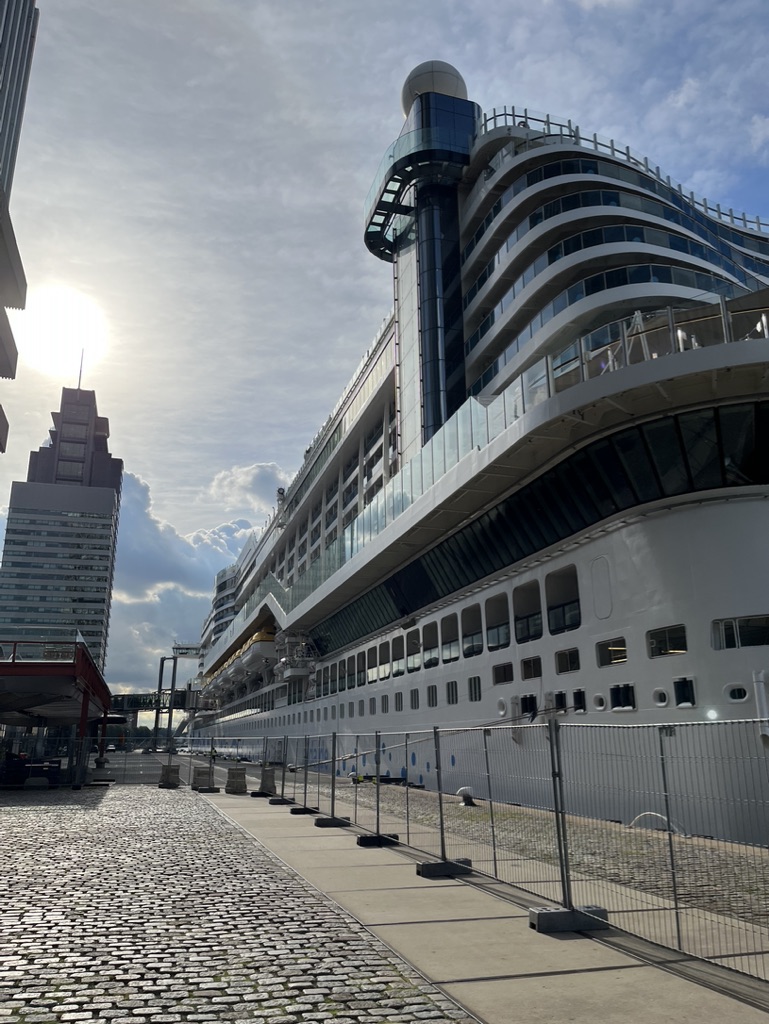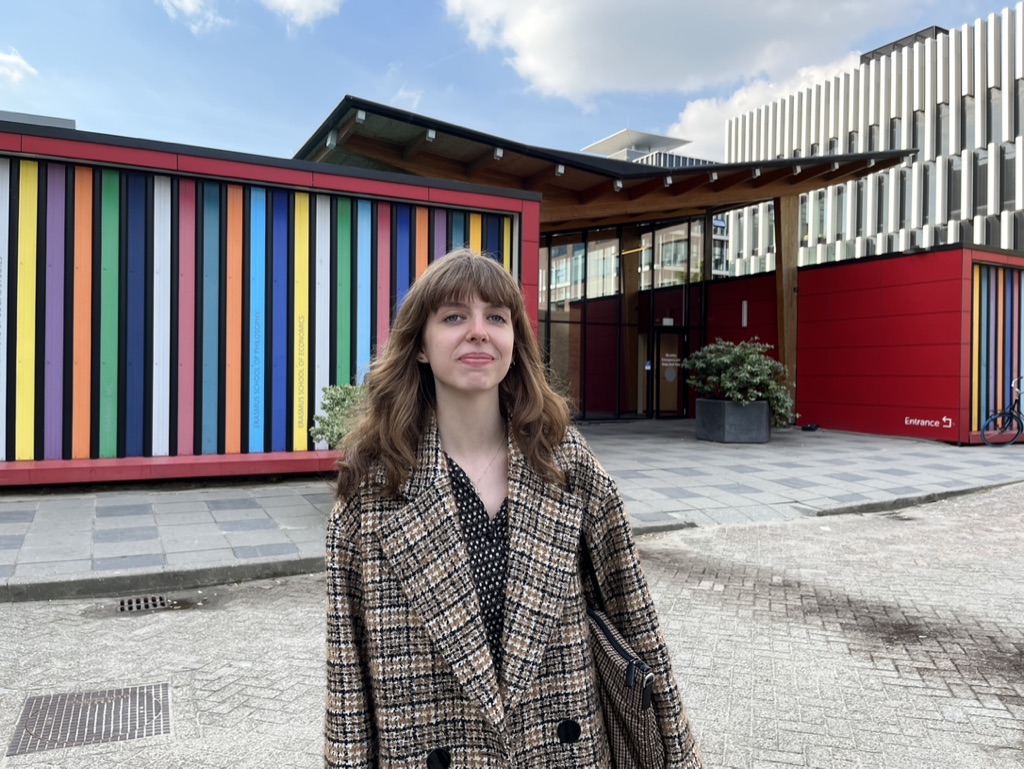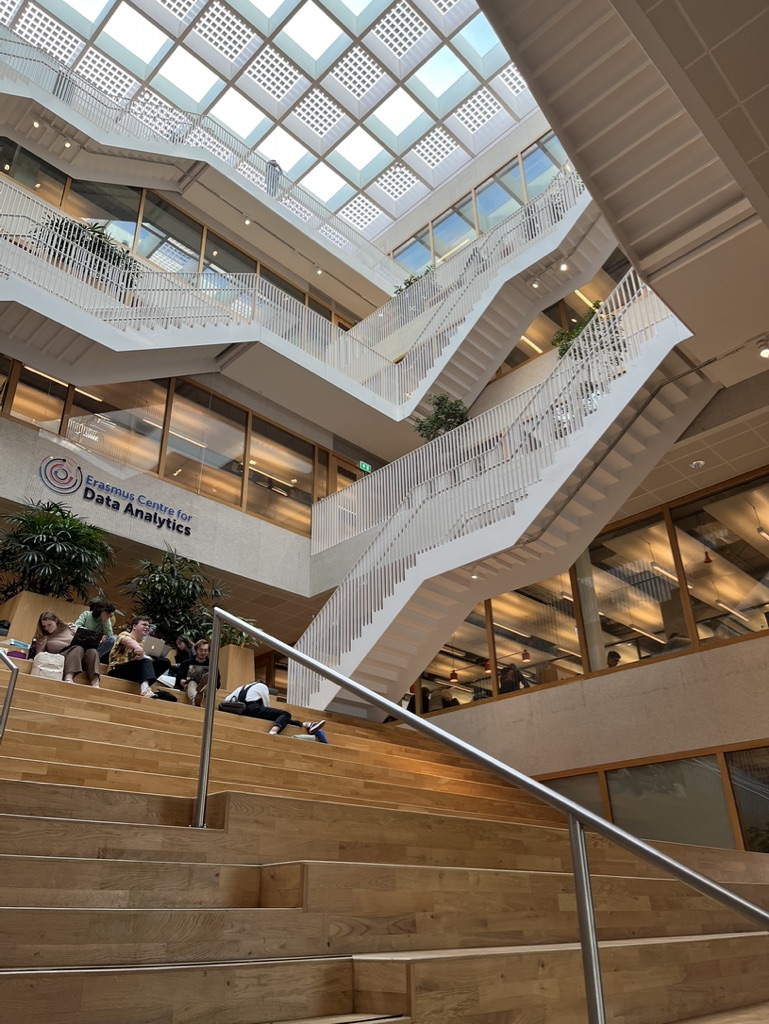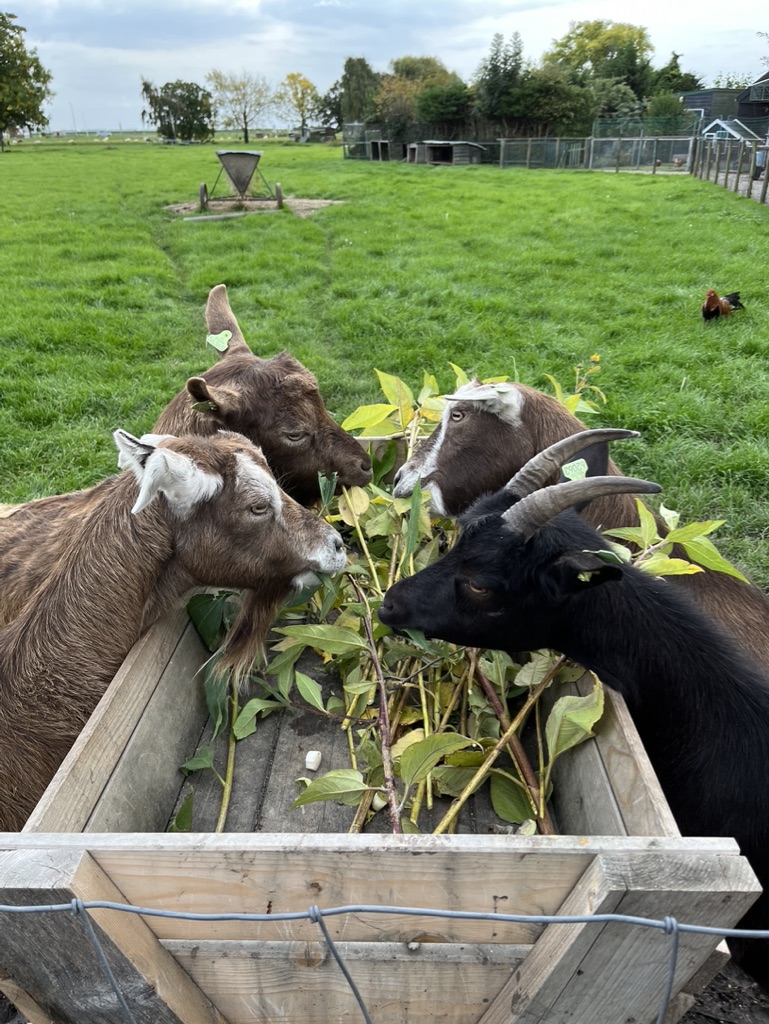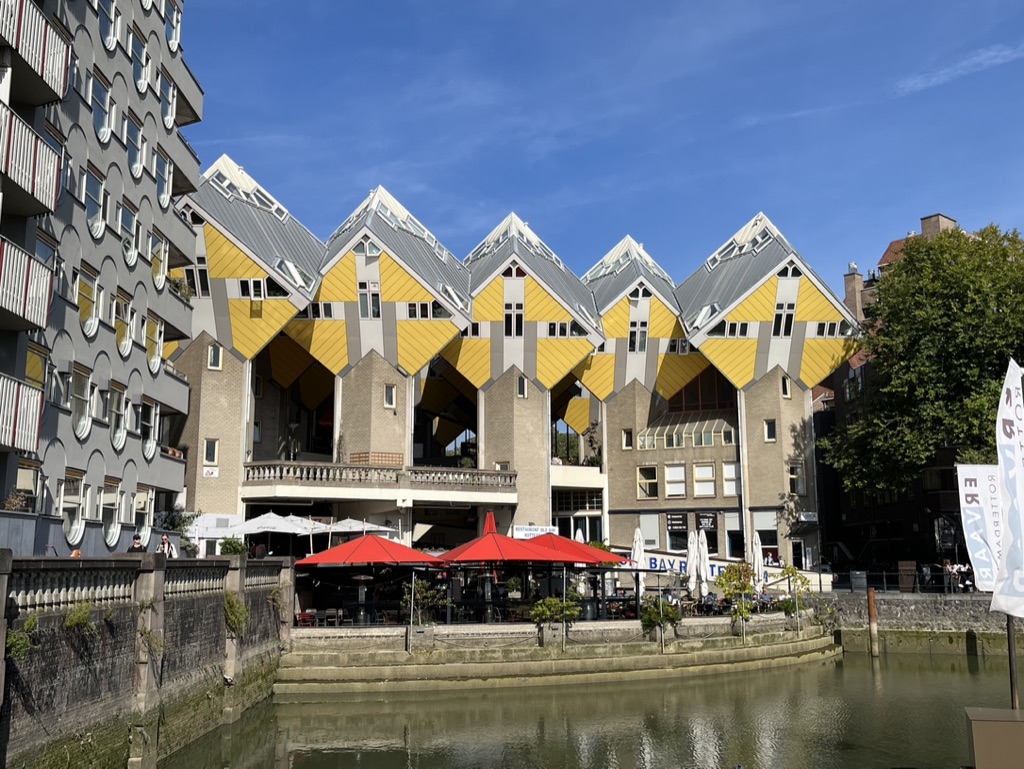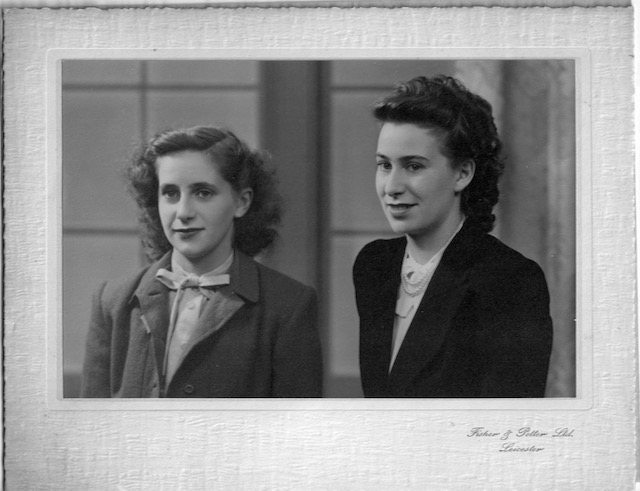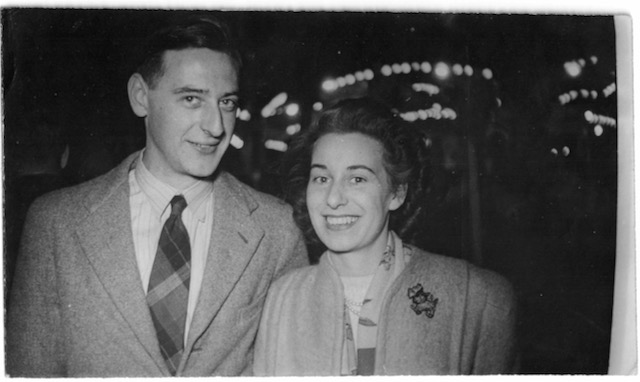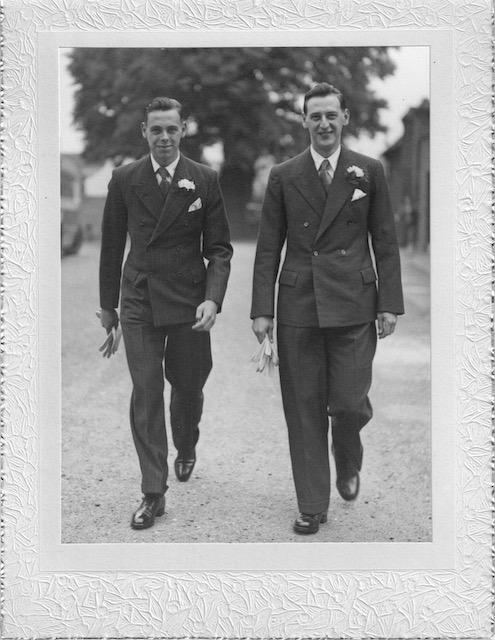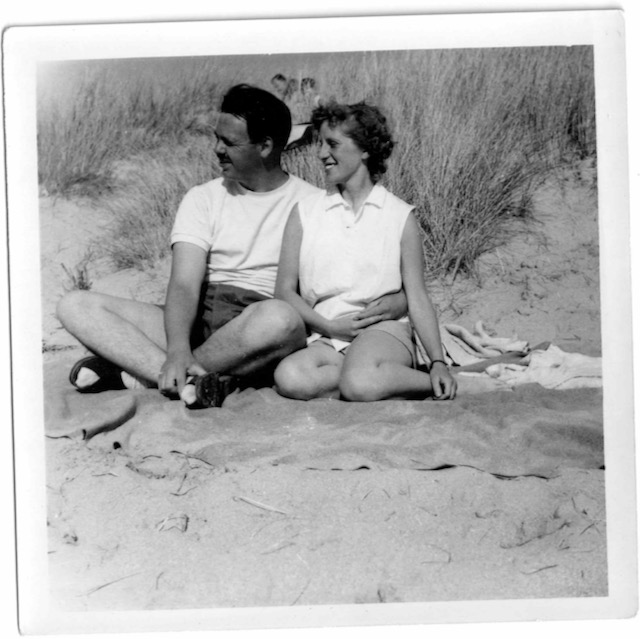This post is current, for a change, because we got back yesterday!
We needed a short break and decided to go straight after Easter. We left on Wednesday, April 3rd and returned Sunday, April 7th. It’s not easy choosing a place to go at this time of year that has the promise of some warmth and sunshine, is not too far away and that we have not visited before, but Dubrovnik was on my wish list and so despite a lukewarm reaction from M and tales of it being overcrowded, I decided to book us into the Hilton Imperial Hotel anyway and off we went!
Getting there was a LOT flight to Zagreb and then Croatia Airlines to Dubrovnik. On the return trip we had a direct flight from Dubrovnik to Warsaw with LOT. It’s about a 30 minute taxi ride between the airport and town and it cost €50 one way and €40 the other, the hotel said their car would cost €60.
It’s always nice when a trip involves “no shit happening” and this one went well. Flights were on time and trouble free; no bags got lost or damaged; taxi drivers (actually the same one, Antonio) didn’t try to kill us, get lost or try to rip us off; the hotel lived up to expectations and only charged us once and for the right things; nobody got sick or injured. This was all something of a relief because the last time I was invited to travel to Dubrovnik, back in 1996, the plane I would have been on, crashed, and everyone on board died. Very spookily, I just noticed that the crash happened on exactly the same day as the flight we just took – April 3rd – whoa!
Apart from all the logistics going well, we both very much enjoyed Dubrovnik, which is an ideal destination for a 3-4 day break in the shoulder season. It is a compact city squeezed between the Adriatic and the hills, beyond which lies Bosnia & Herzegovina. This is best seen from the top of Mount Srd, which can be reached by cable car from Dubrovnik, assuming you’re okay to splash out €27 per person for a return ticket – that’s nearly €4 per minute! I wasn’t sure what to call Srd because it is variously described as a mountain and hill but at 403m high it qualifies as a mountain in most places, although not in the UK where it would be a hill because it’s not over 610m high. Anyway, from the top you can look down on Dubrovnik, Lokrum island and out to sea or in the other direction you can see the border with Bosnia & Herzegovina. To be honest, neither view is worth the €54 we spent to get up there and (with added queuing) back again, but it is one of those things that has to be done, so we did it.
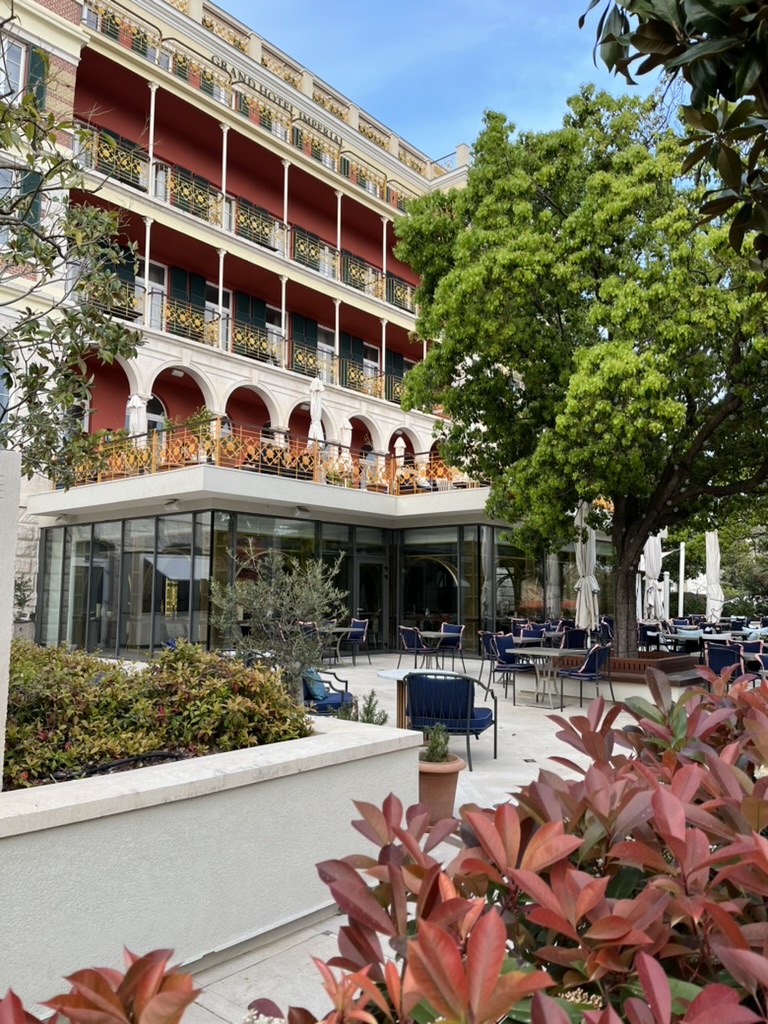

Dubrovnik is small, not just physically small but also administratively, with a population of only 43,000. This is why it ranks as the most over-touristed place in Europe, with 36 tourists per head of population; Venice only has 21. It also means that if you moved at a decent pace you could do all the ‘highlights’ in a day, including pretty much every street of the old town, both harbours, walk the walls, explore Lovrijenac fort, the cable car and depending on timing possibly also catch a ferry to Lokrum and back as well. Most importantly, it means you need to avoid peak season because the crowds must be unbearable. I checked the cruise ship schedule and during our time there only one ship, with a capacity of about 2,500 passengers, spent a day docked in Dubrovnik. Getting into May and beyond, that increases to multiple ships almost every day and every passenger that goes ashore is being funnelled into the same small area to mingle with all the non-cruise tourists, everyone with the same attractions on their hit-list. I can’t speak from experience but it must be pretty nasty.
So what did we do? Well, we did everything mentioned in the highlights above with the exception of Lokrum island, which we are saving for next time. We didn’t take any organised tours, especially not any of the ‘Game of Thrones’ tours that are so popular because of all the Dubrovnik locations used for the filming but we did bump into many of them along the way. We did see I think three Iron Thrones and it looks like there’s at least one more on Lokrum island. Ignoring all other attractions, Game of Thrones and the cable car alone must bring a ton of money to Dubrovnik every year.

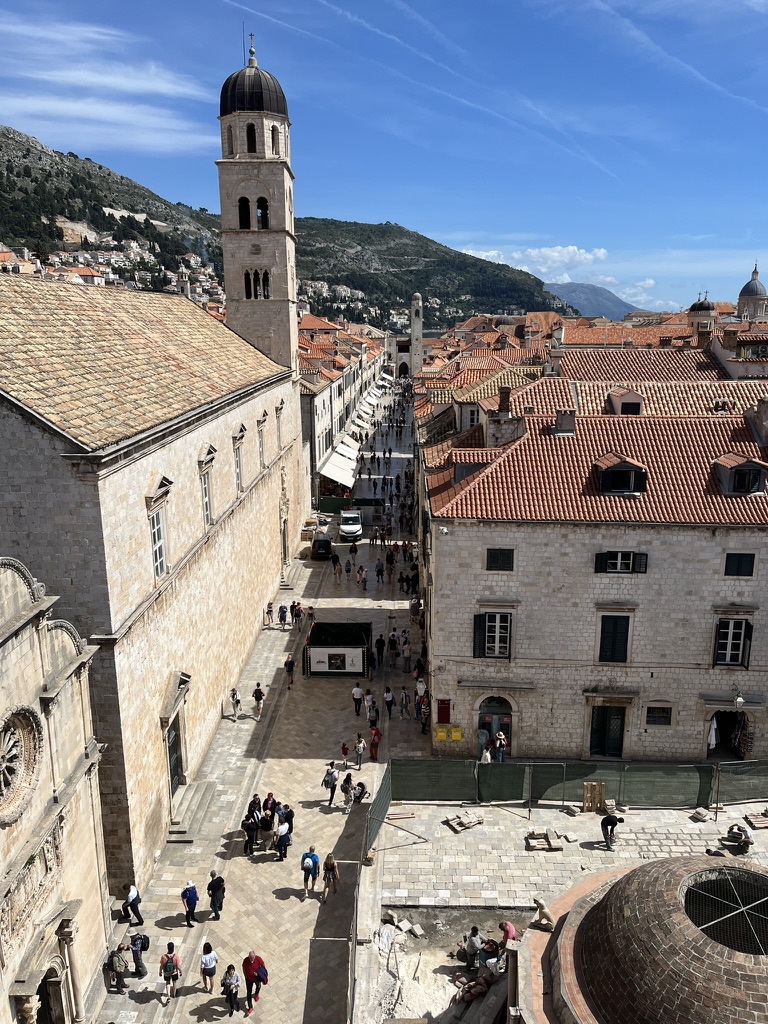
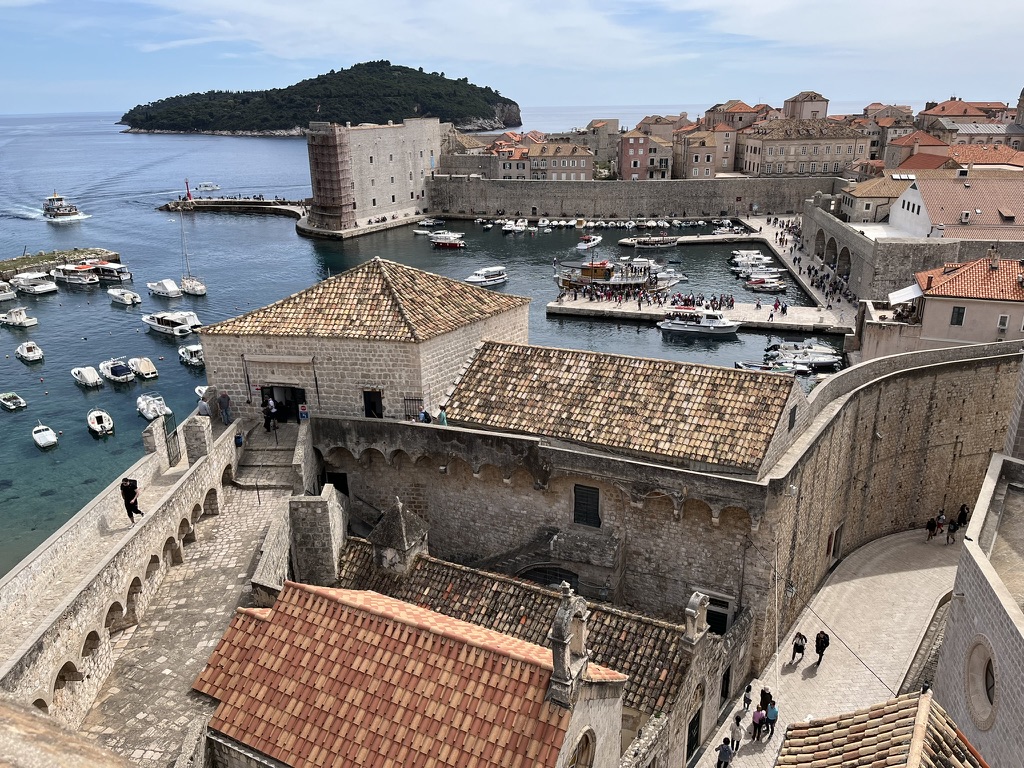
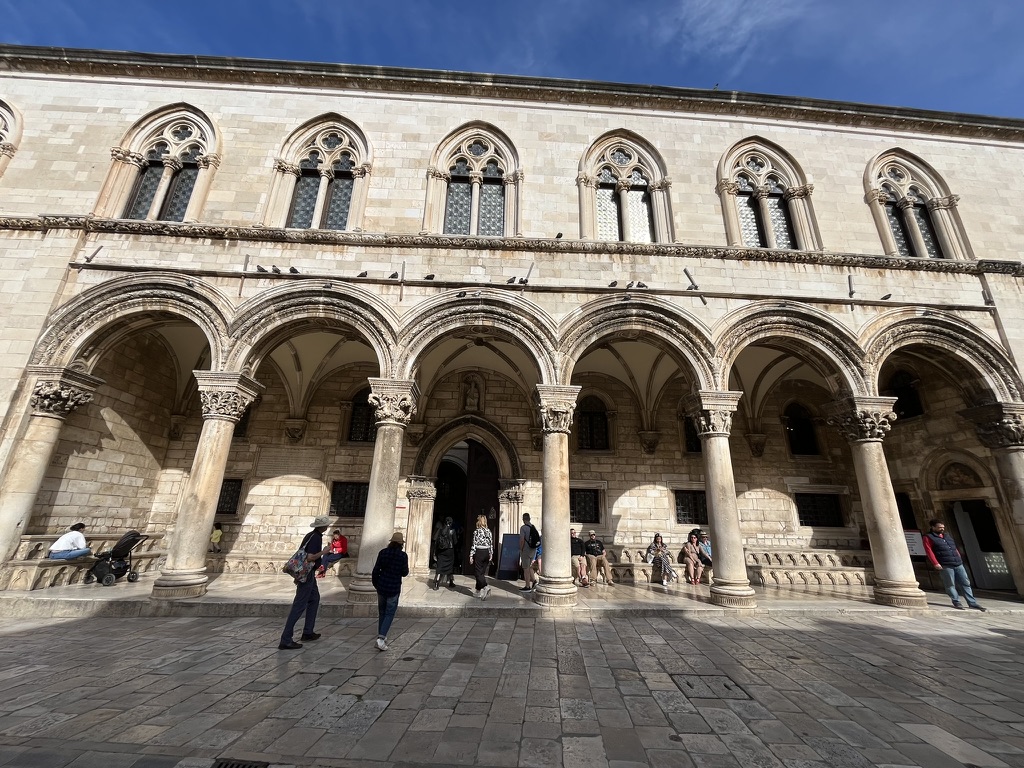
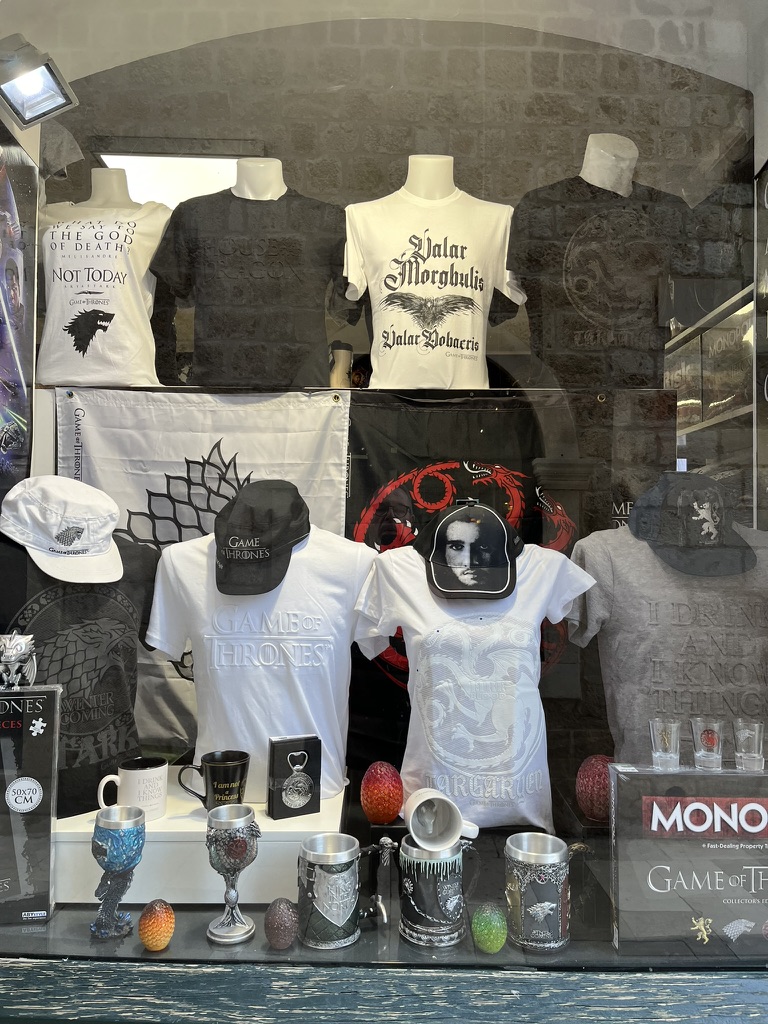
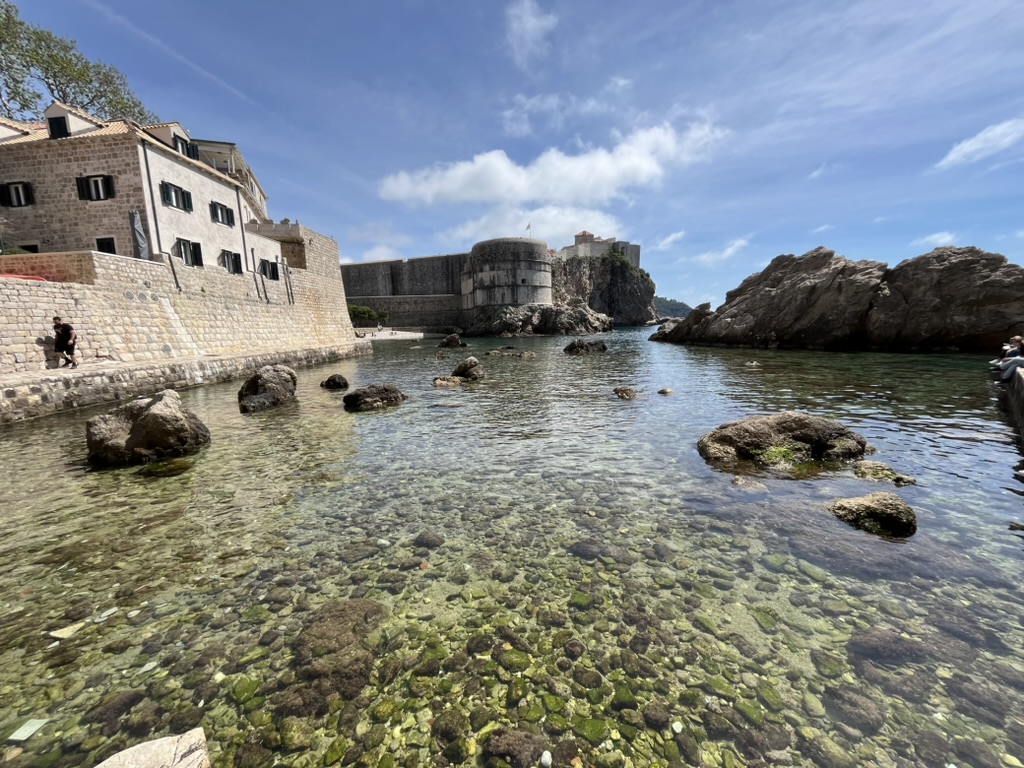
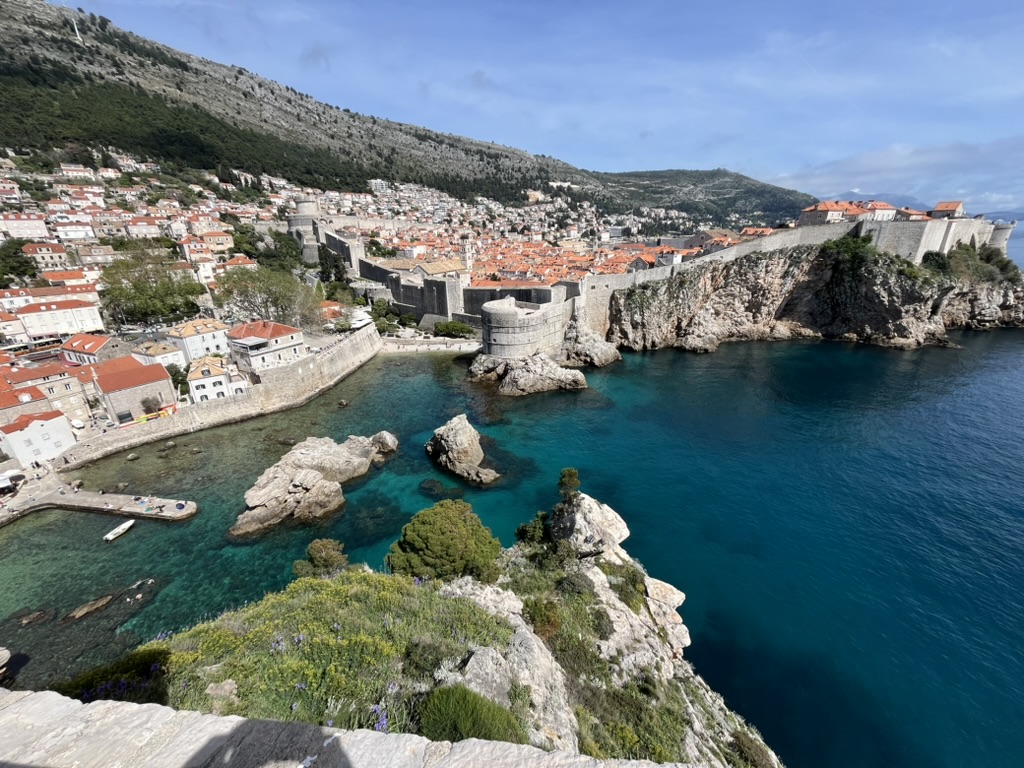

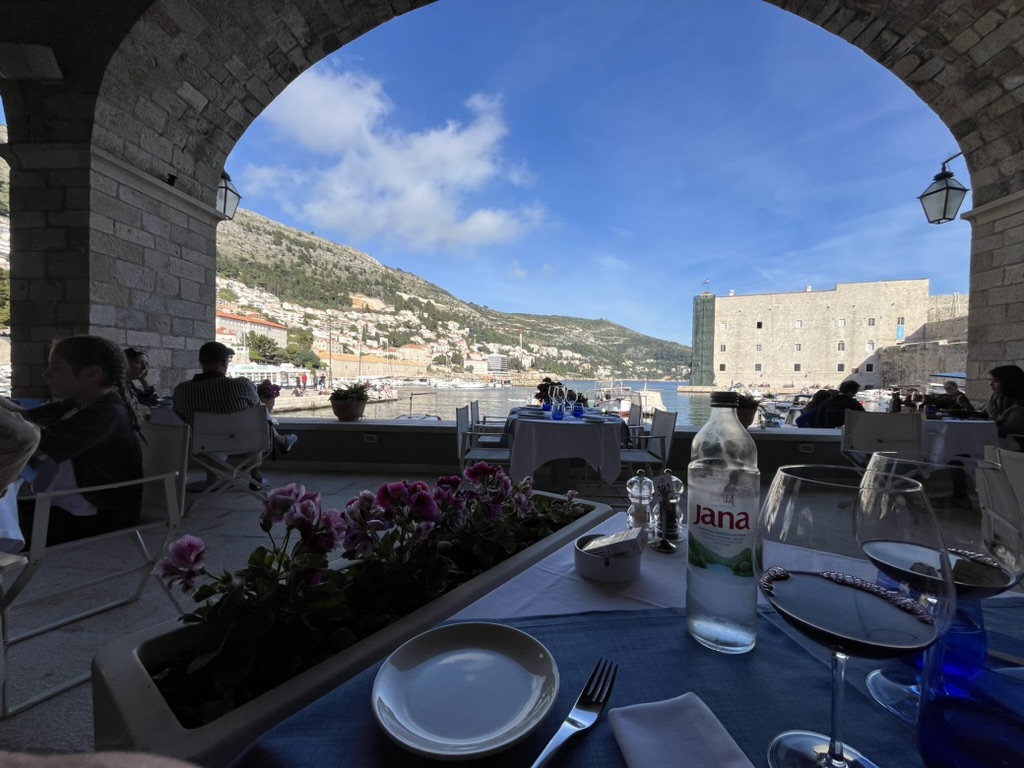
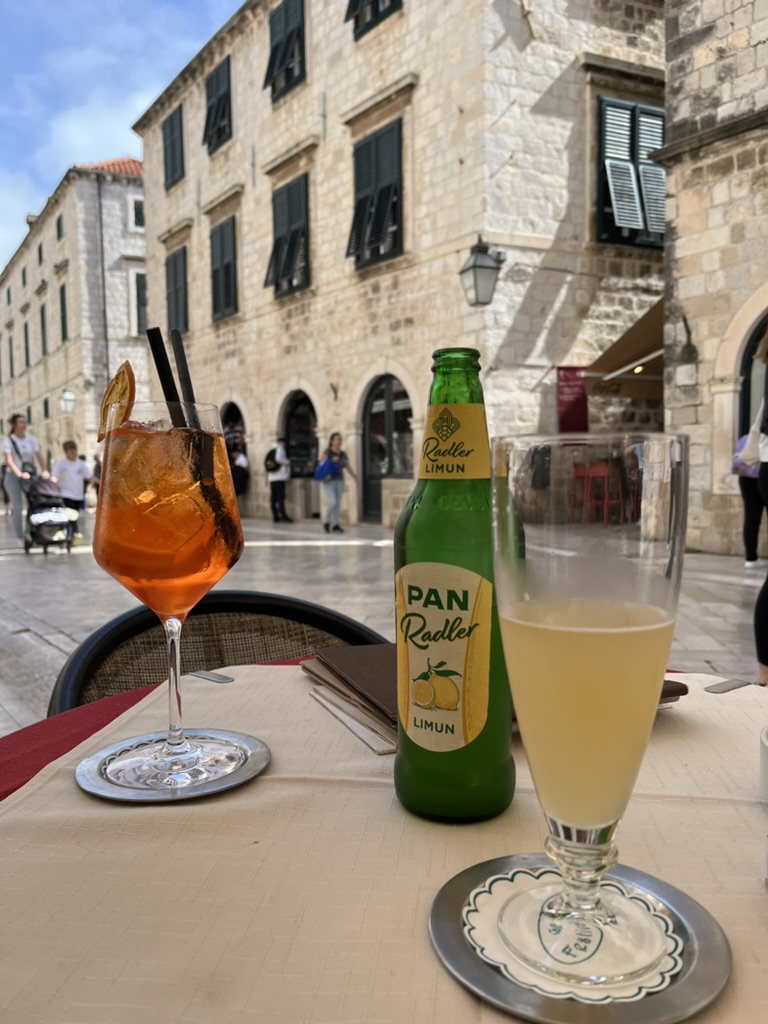
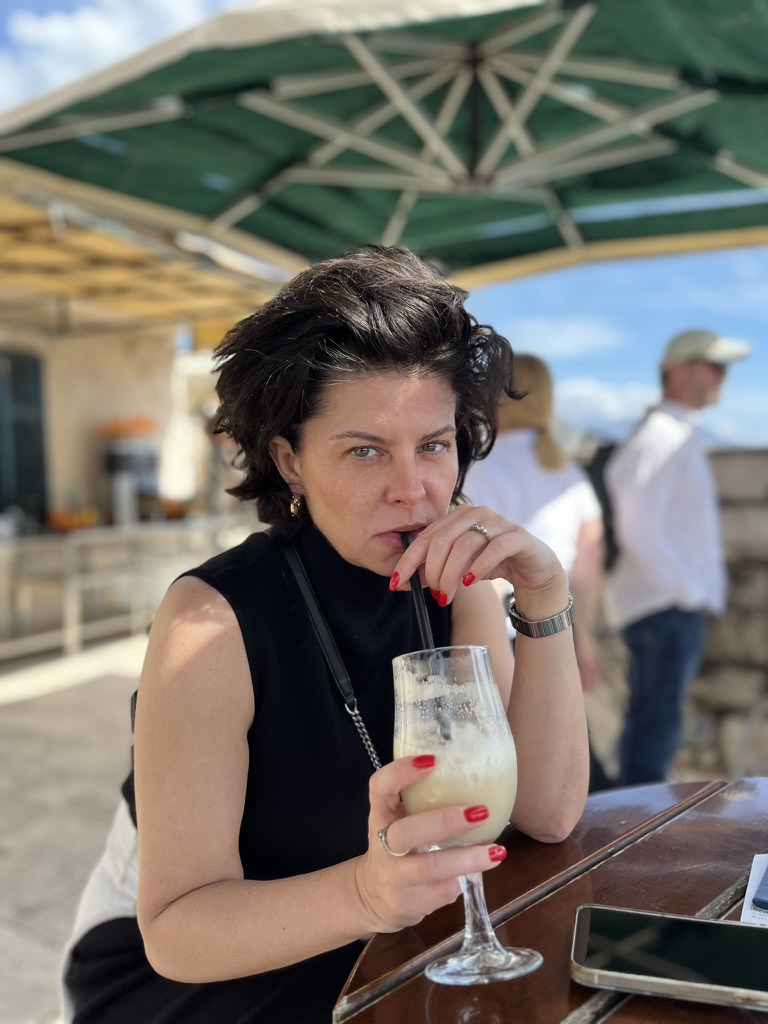
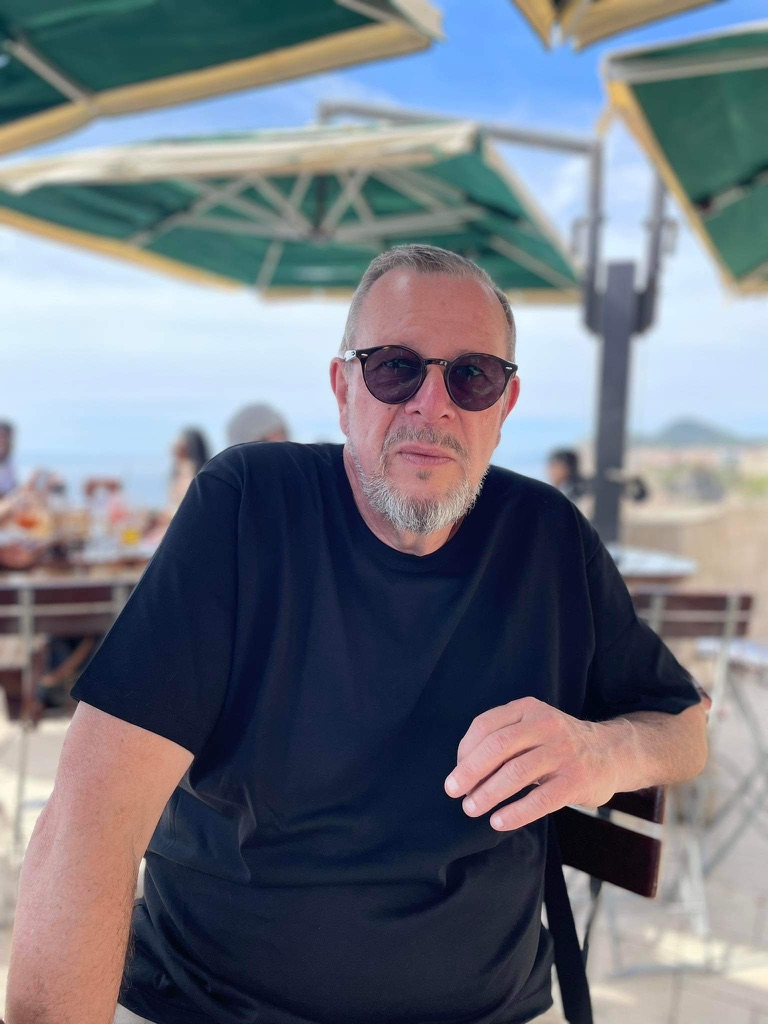
Walking the walls is good but not easy. It’s a 2km walk, which is fine but there are more than 1,000 steps – up, down, up, down, up, down – and in places you can feel a bit uneasy because of the height and the narrowness of the walkways, sometimes with pretty useless barriers if you did decide to take a tumble. All in all, definitely worth doing but just be careful and take it slow. Thankfully, there are a couple of bars up there!
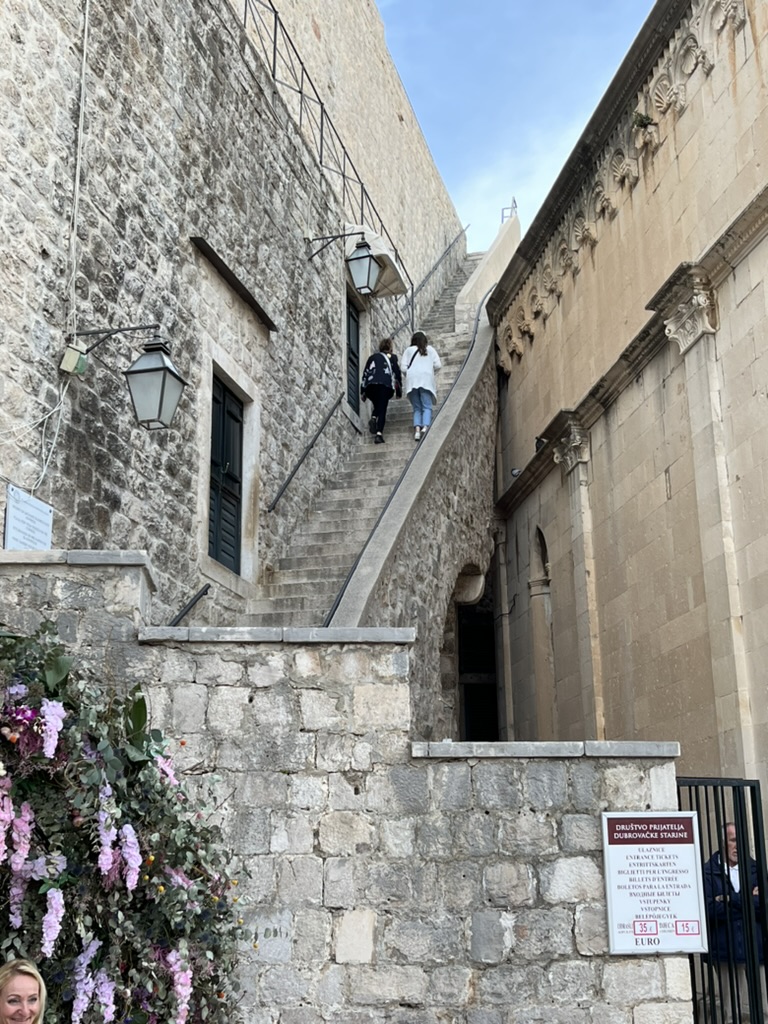
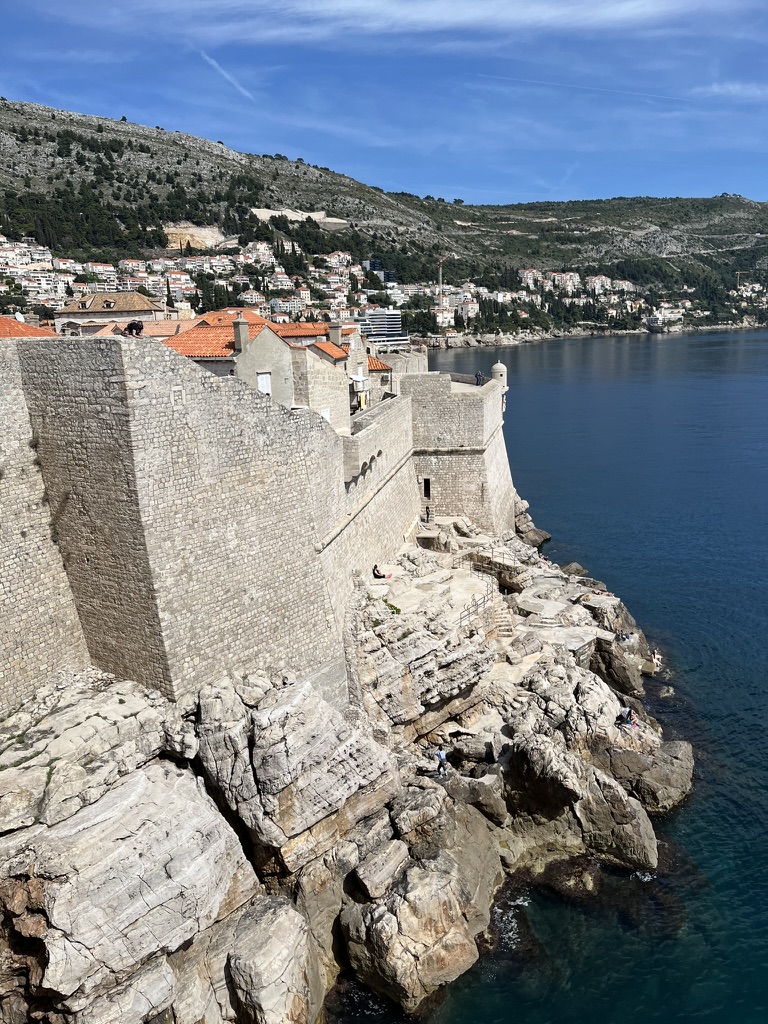

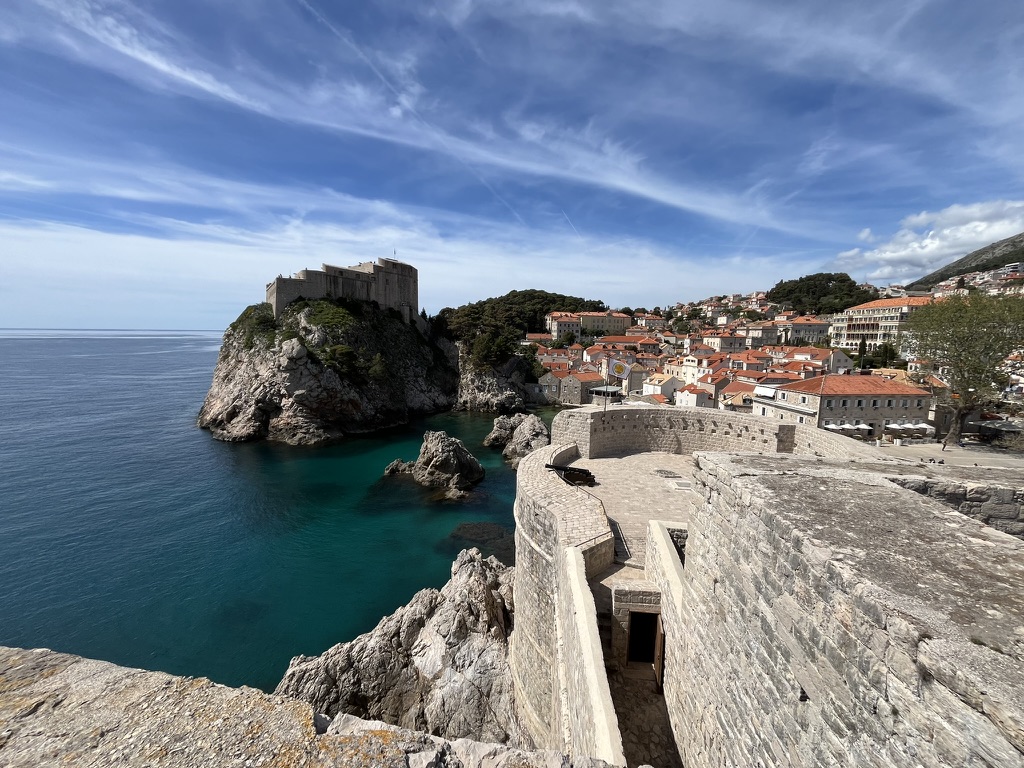
We didn’t go out of our way to seek out the best food or the lowest prices. We just ate and drank in convenient places that looked pretty good. Given that the whole place is tourist trap it’s not easy to get “off the beaten track” so there aren’t really any options – you’re just choosing between overpriced pizza or overpriced sea bass. That said, the food we had was plenty good enough without being a highlight of the trip. We had a few drinks on the main street, Stradun, where it’s easy to pay €16 for an average quality Aperol or €9 for a beer.
The hotel, Hilton Imperial, was pretty good – certainly very well located just a short walk from Pile Gate entry to the old town. Great breakfast buffet with pancakes and eggs to order if you wanted. Service was a bit mixed. The breakfast manager and the guy running the terrace bar were great, the reception staff were less impressive but overall the hotel did enough that we probably wouldn’t be looking for anything else next time we visit.
Overall it was a very nice trip and despite her initial reservations, M had a great time. We would go again although having done pretty much everything this time, apart from Lokrum island we’d be scratching our heads how to fill the time. It’s a lovely place, but it’s not Rome, Paris or London, where you can visit fifty times and still not run out of ideas, but if you just want to chill with a bit of sunshine in a pretty place by the sea, Dubrovnik works.
